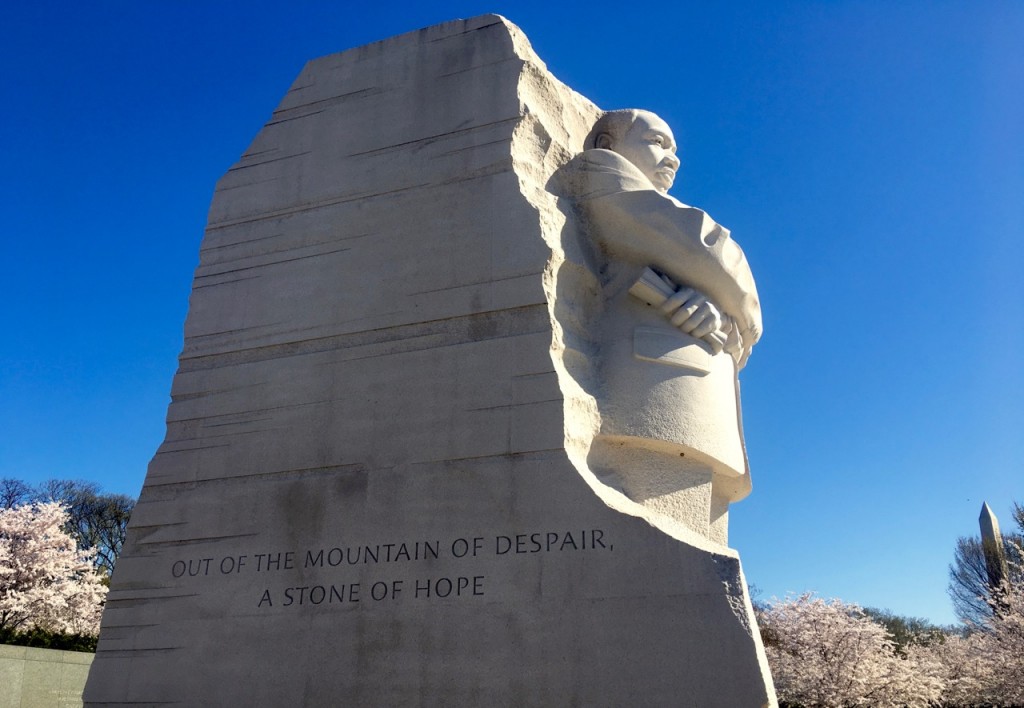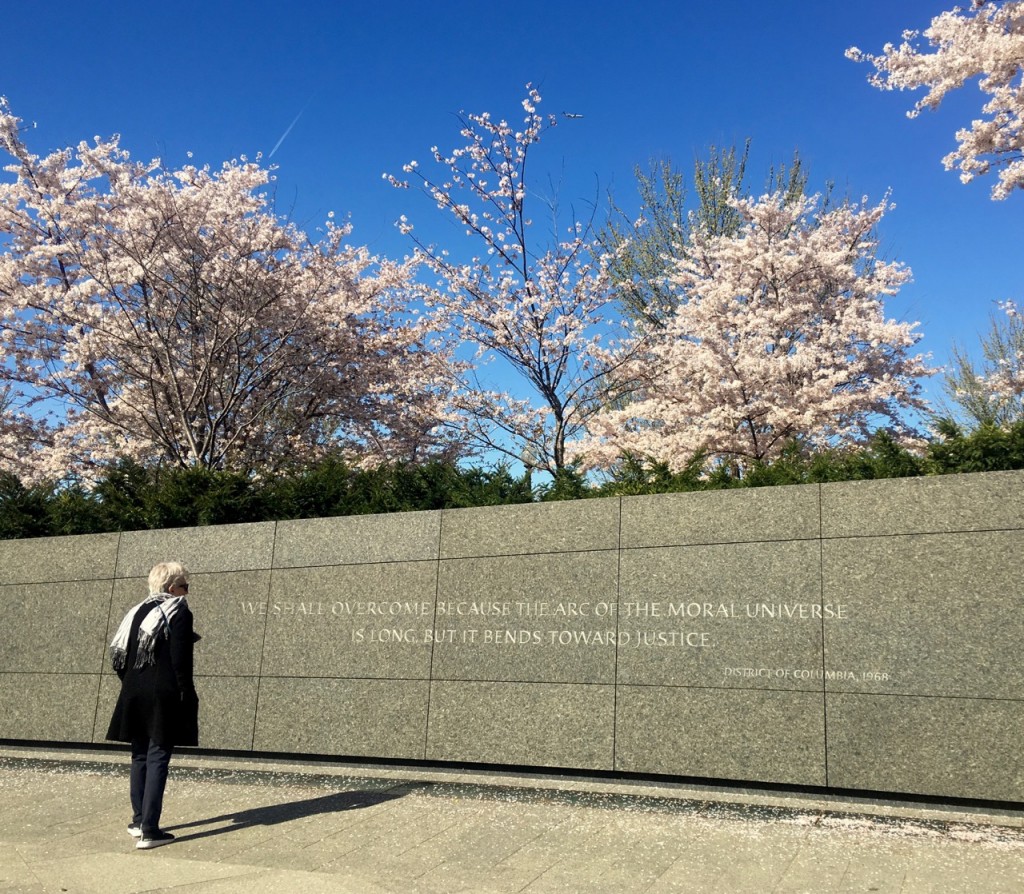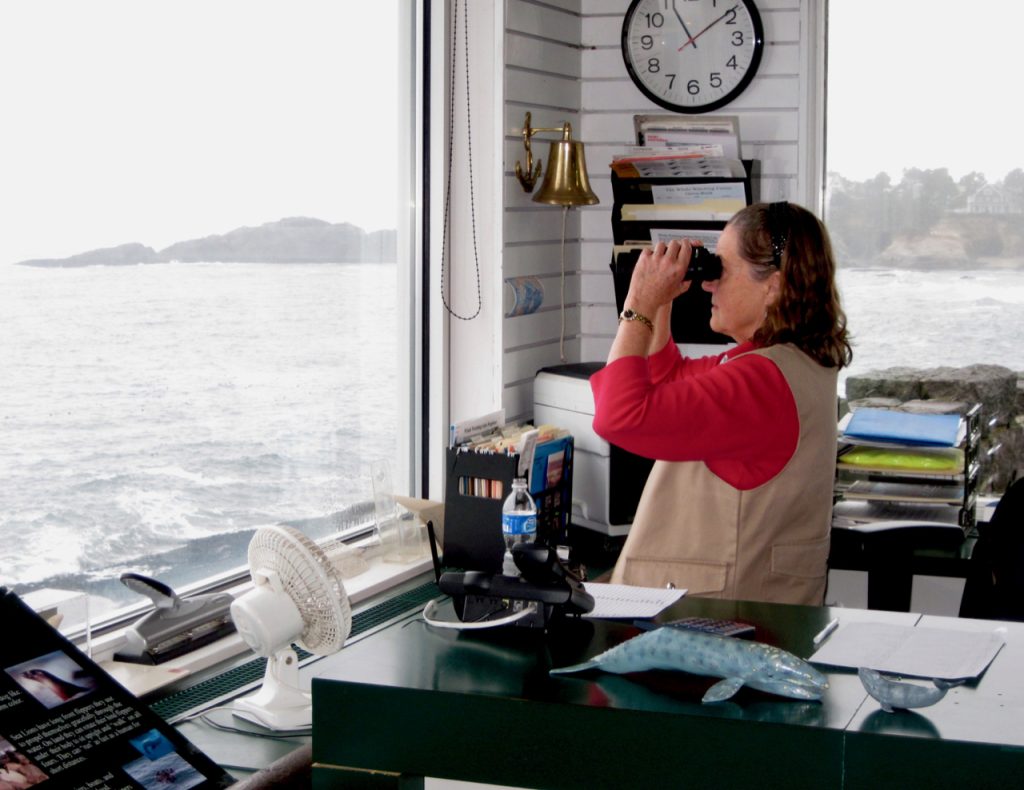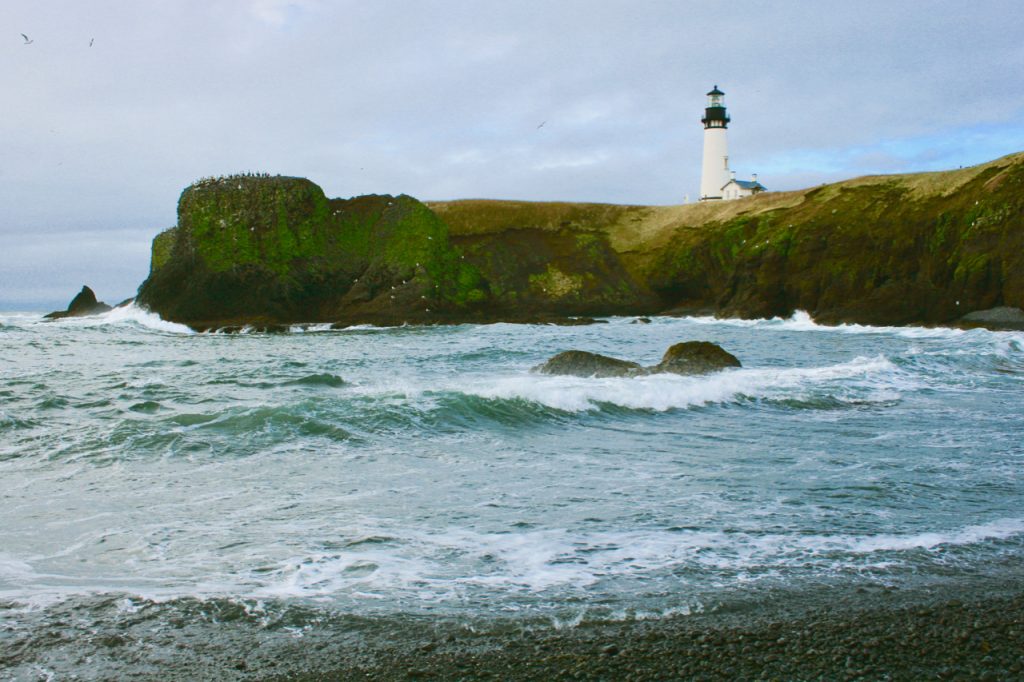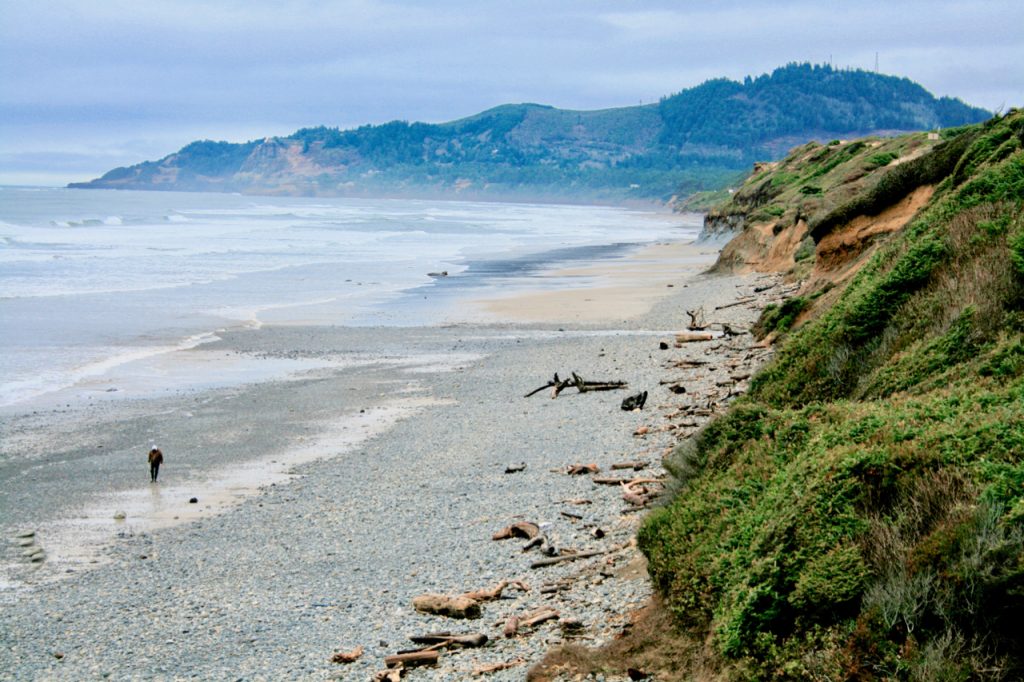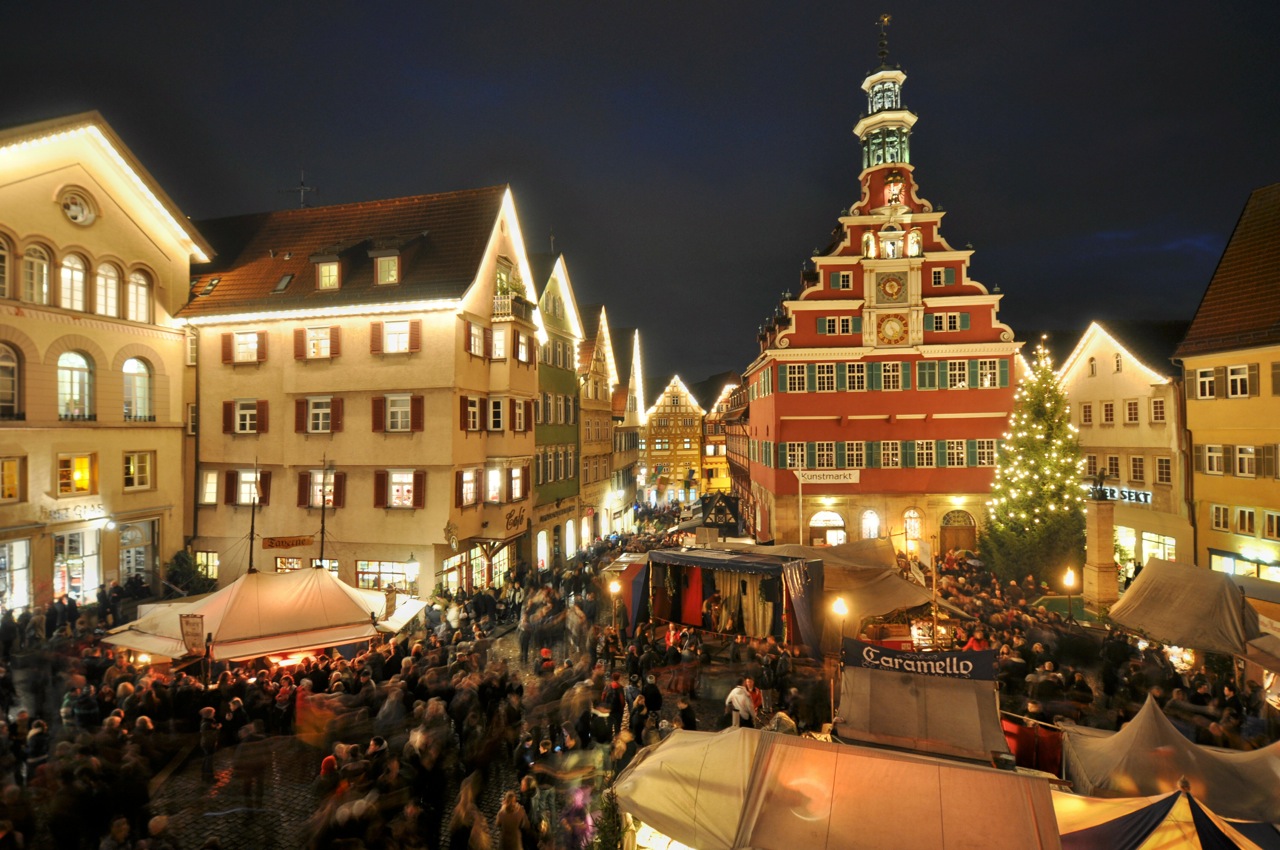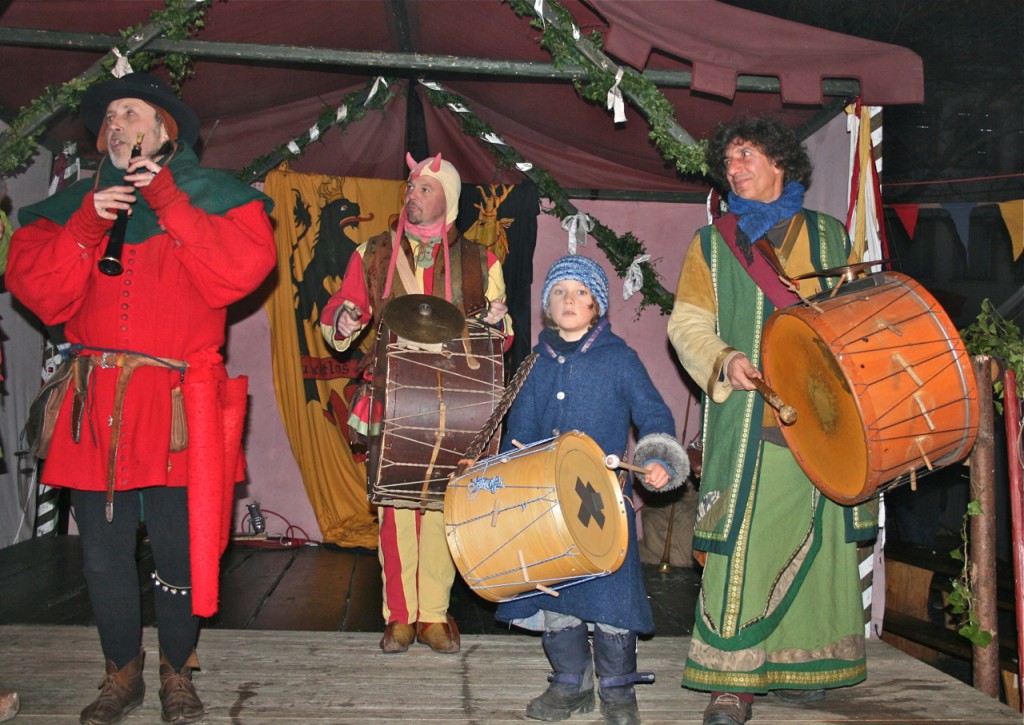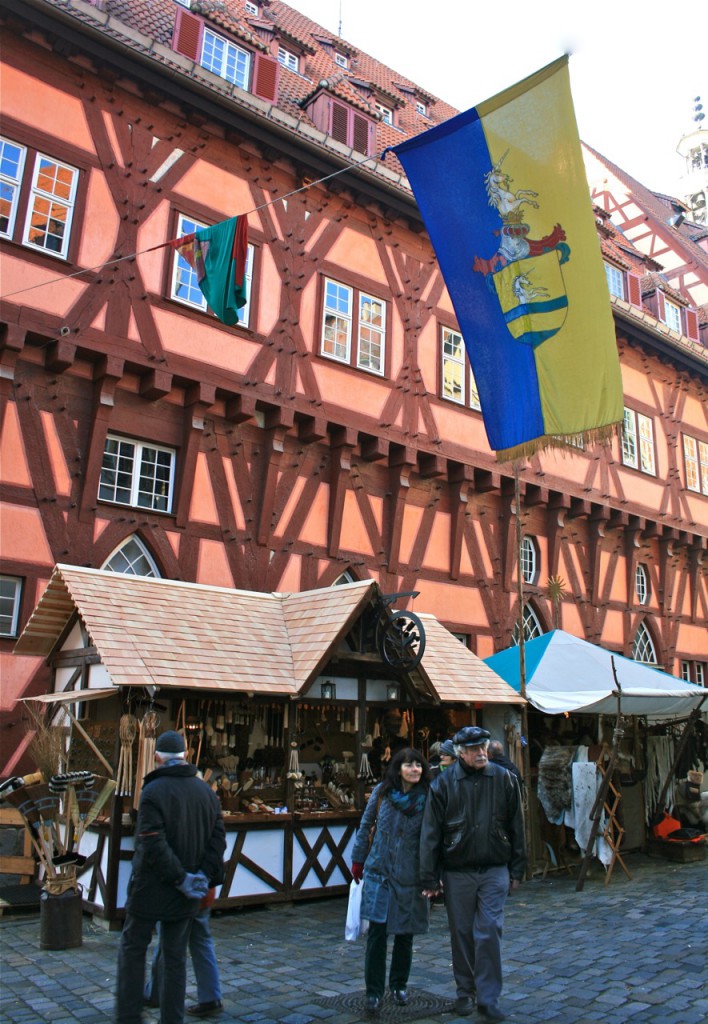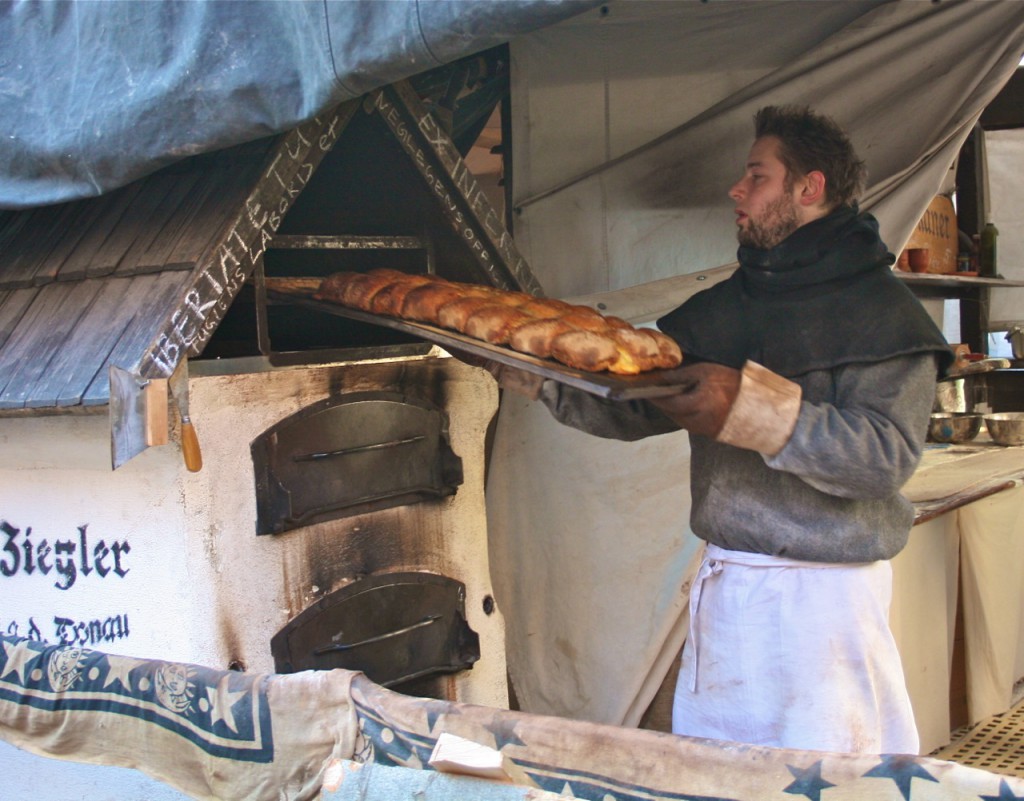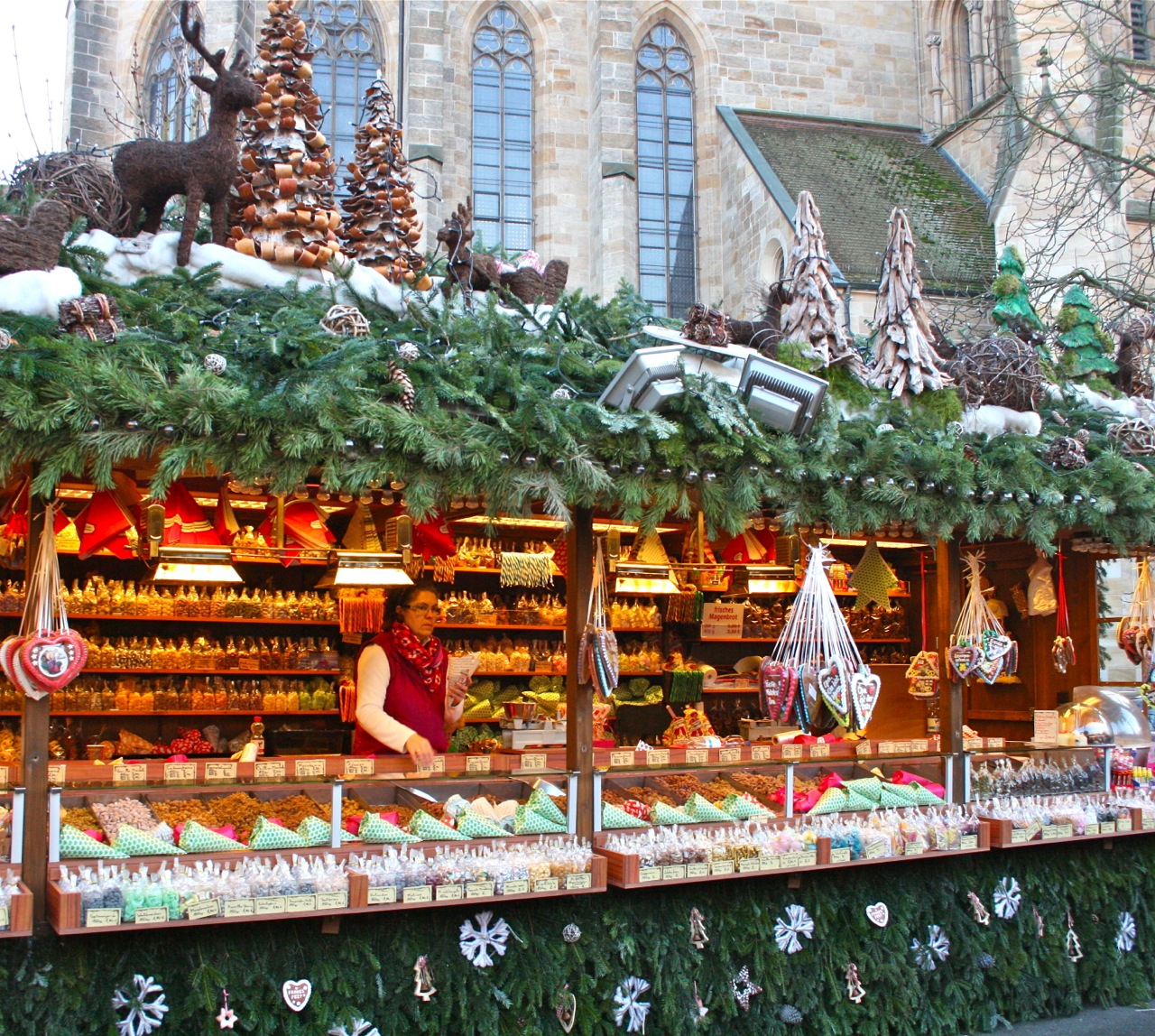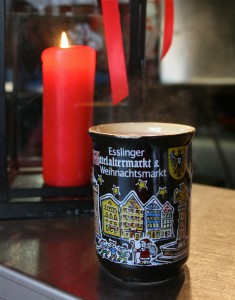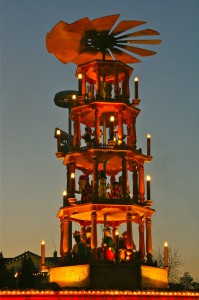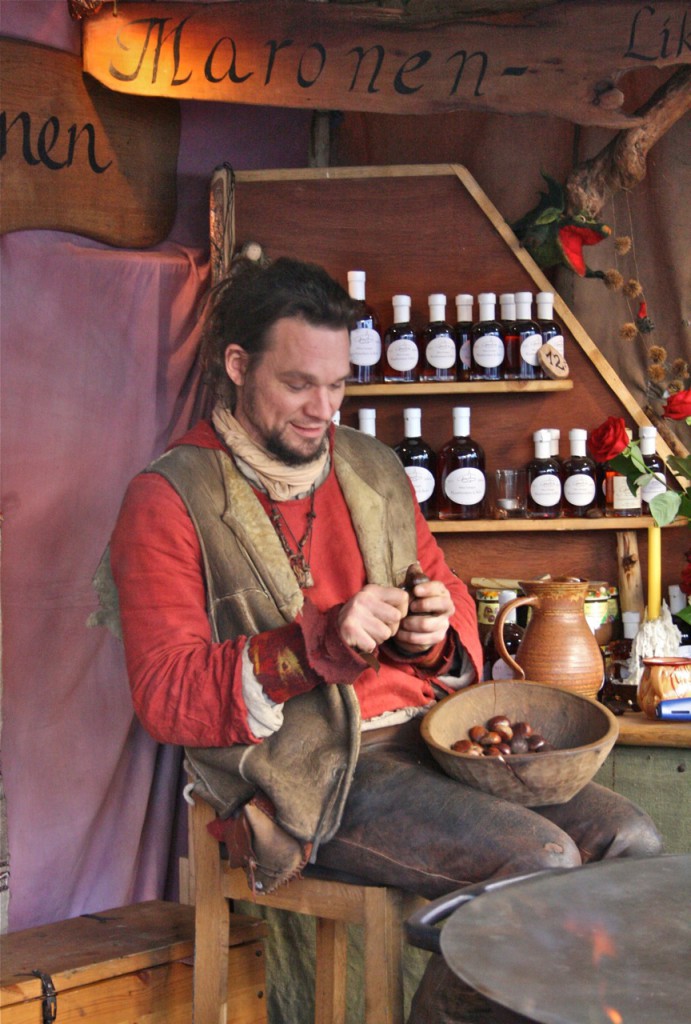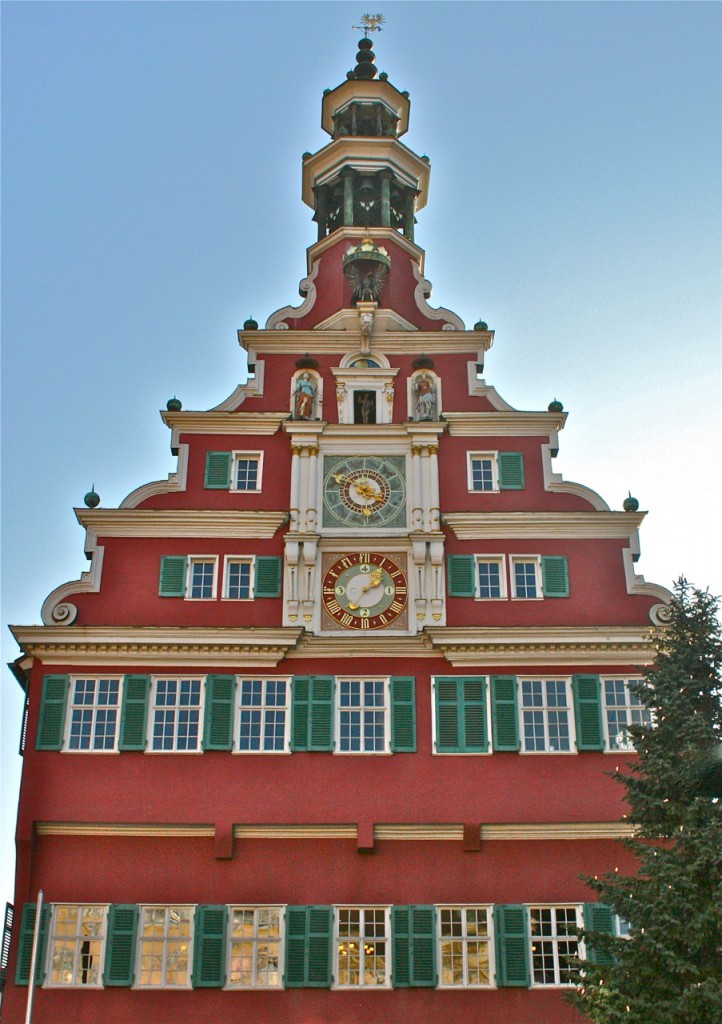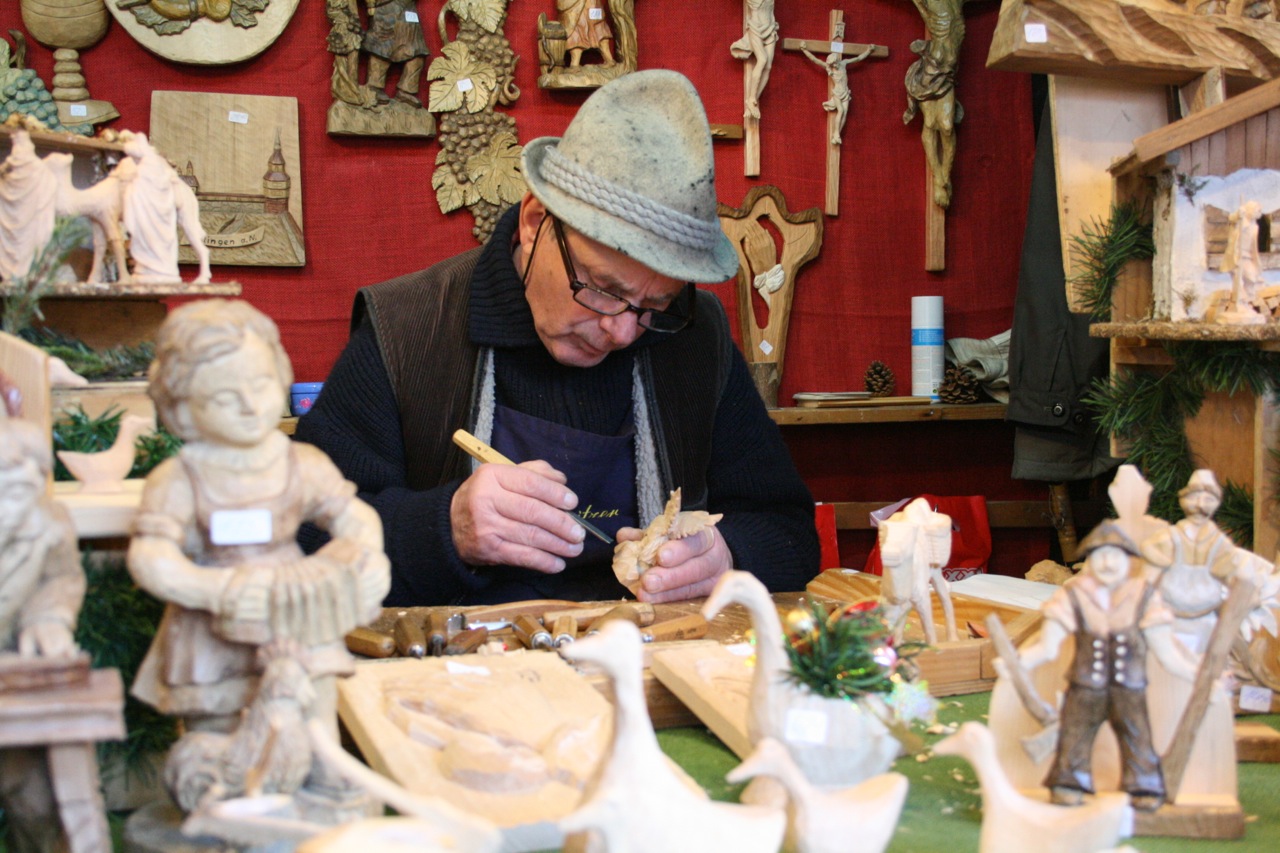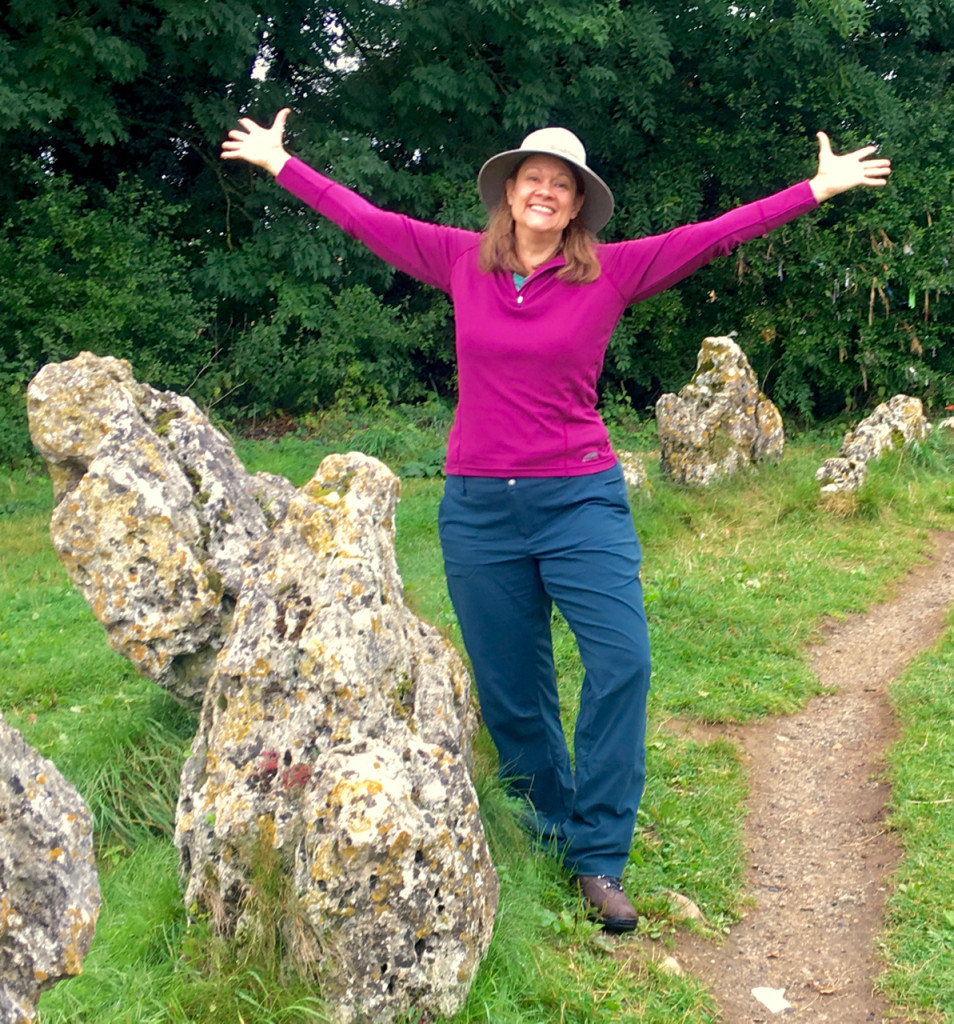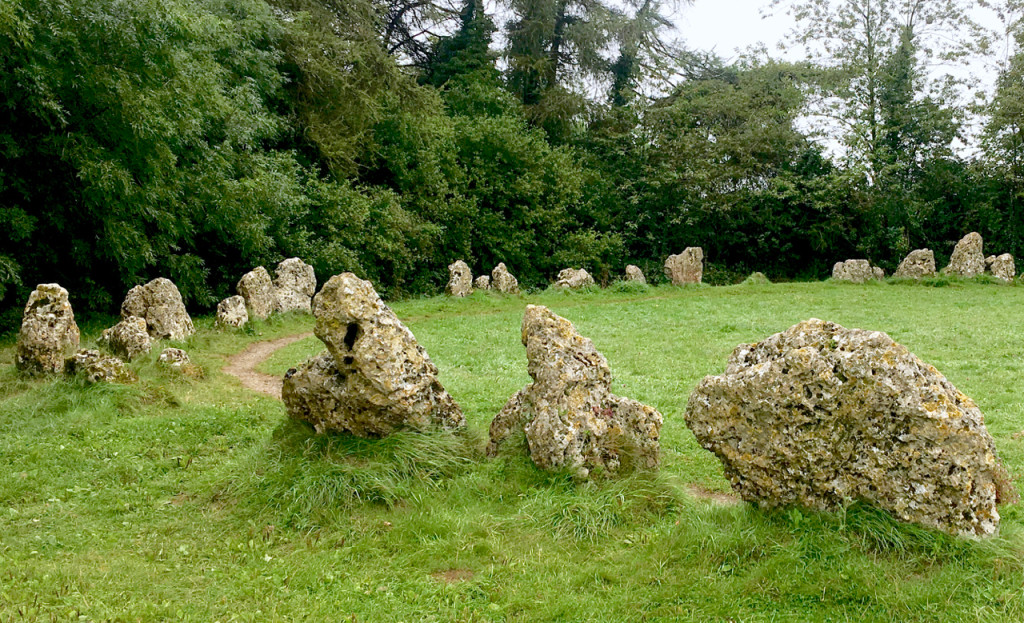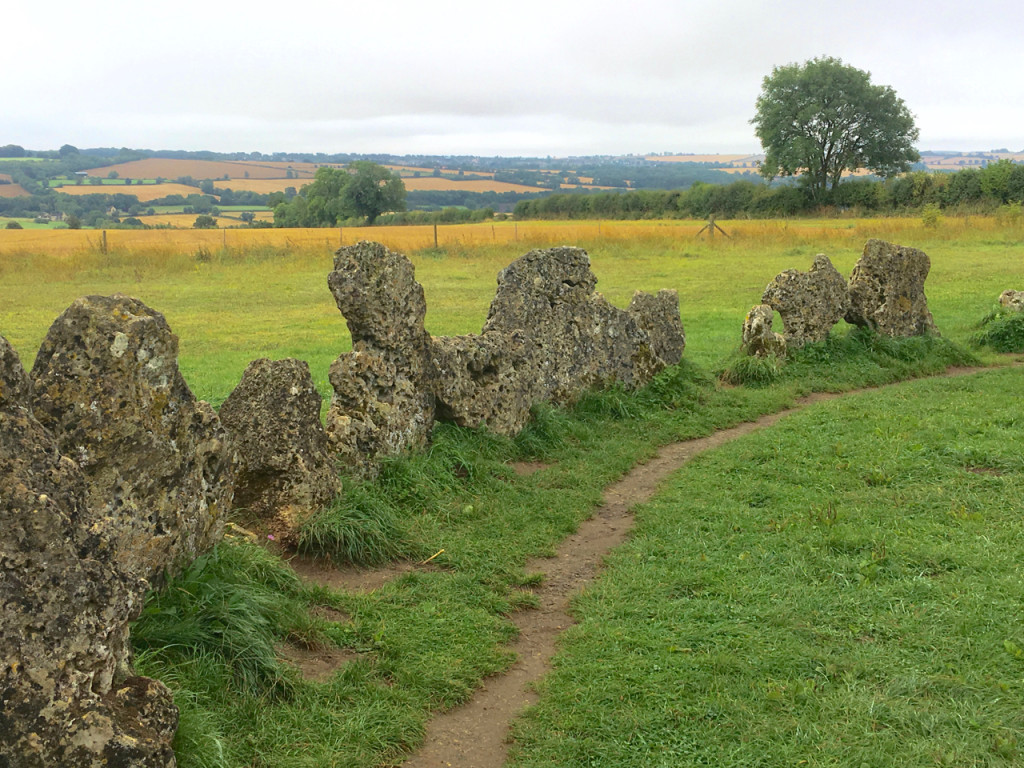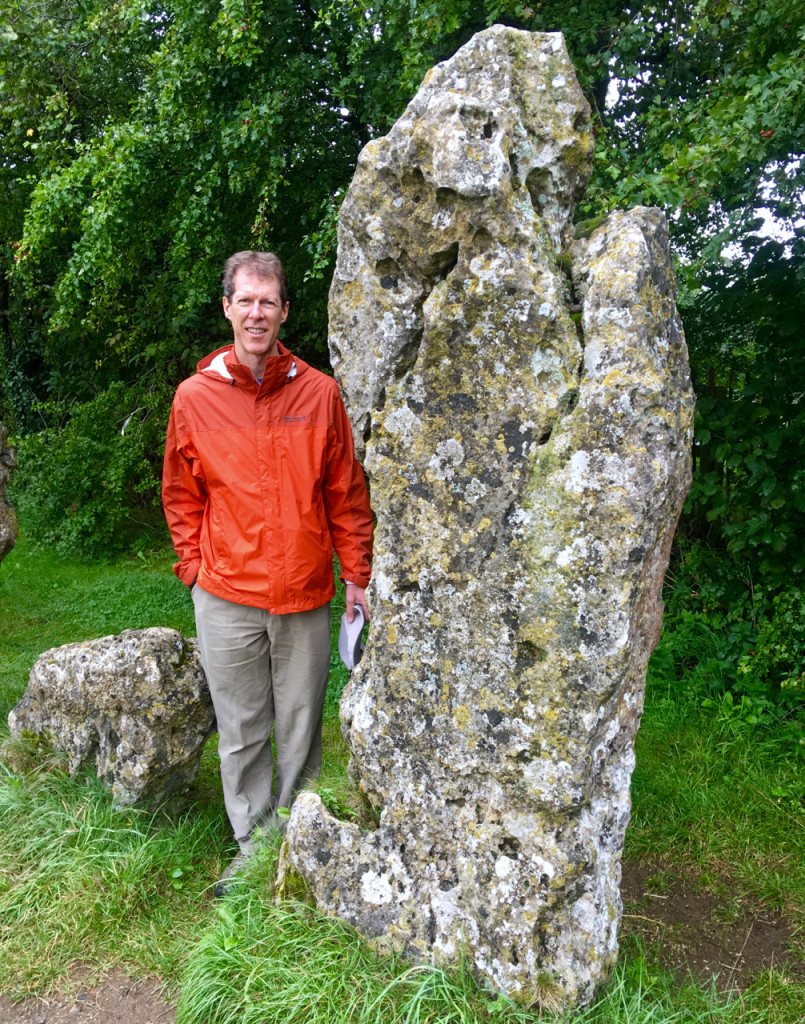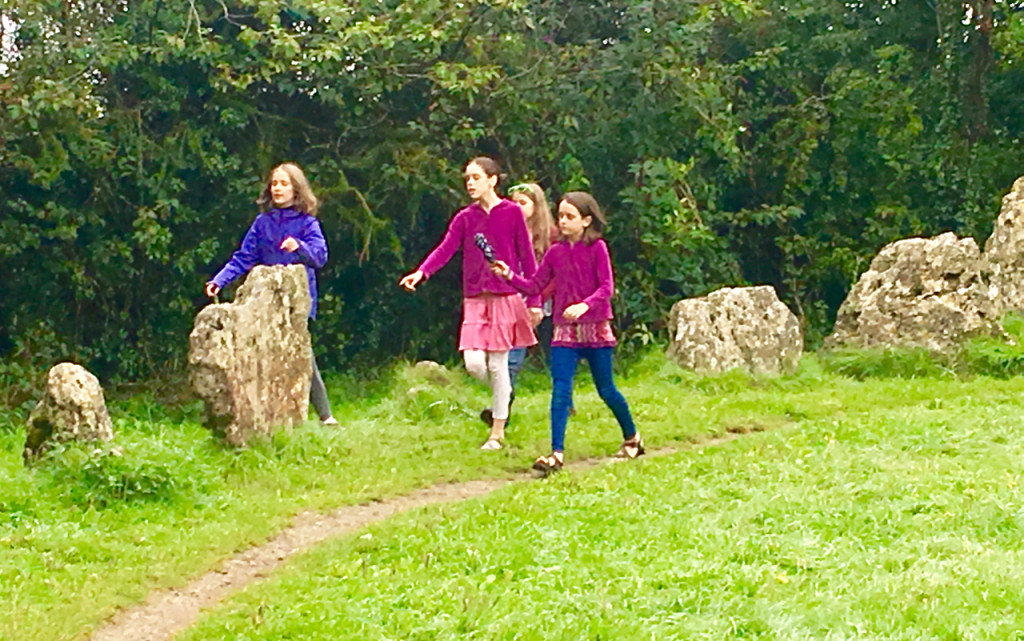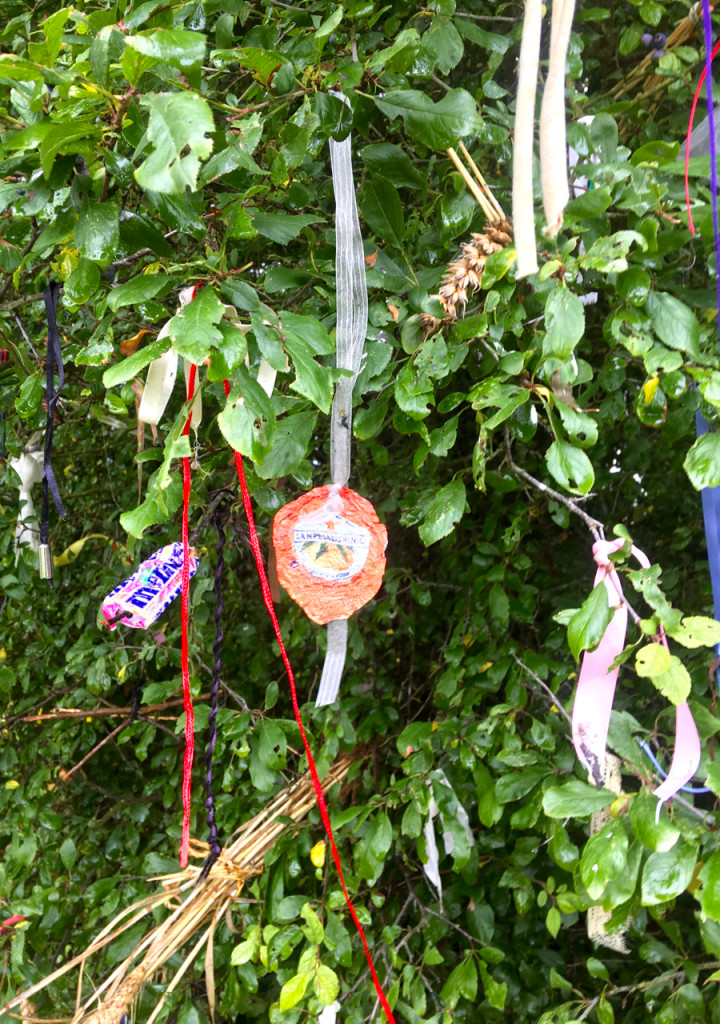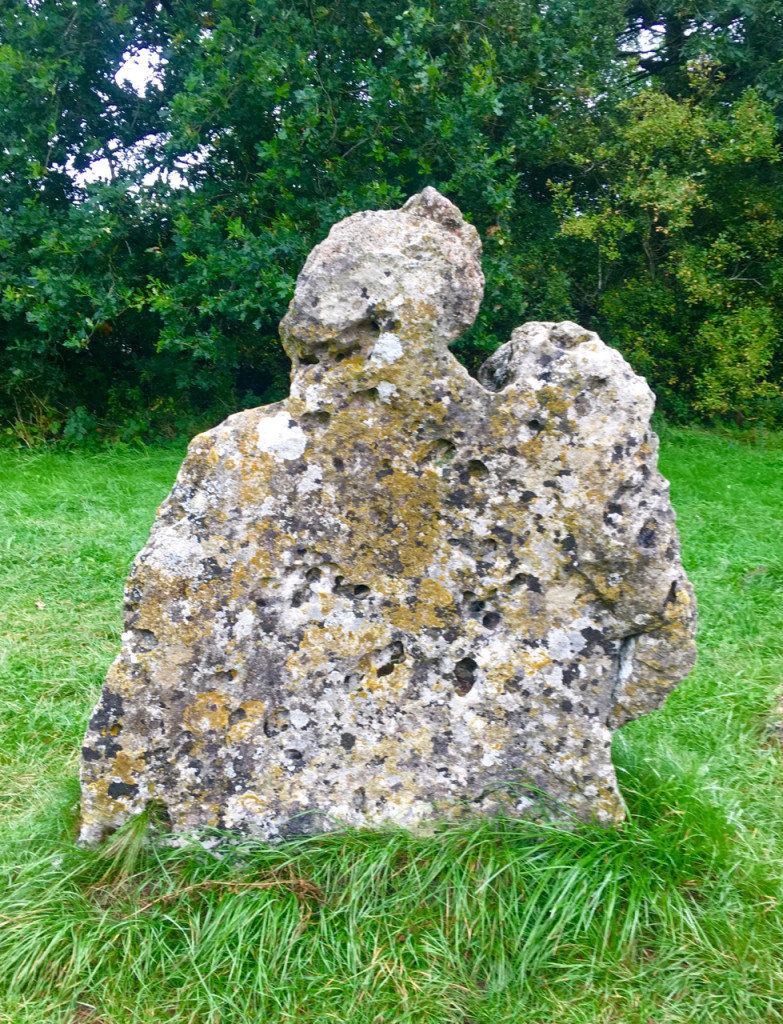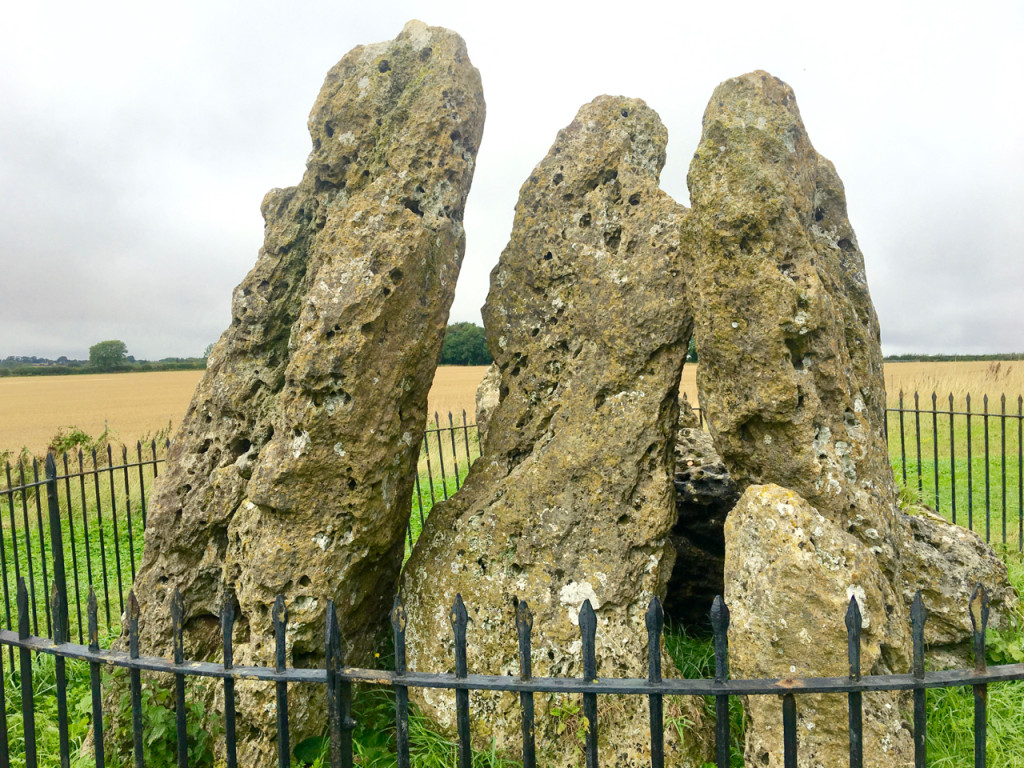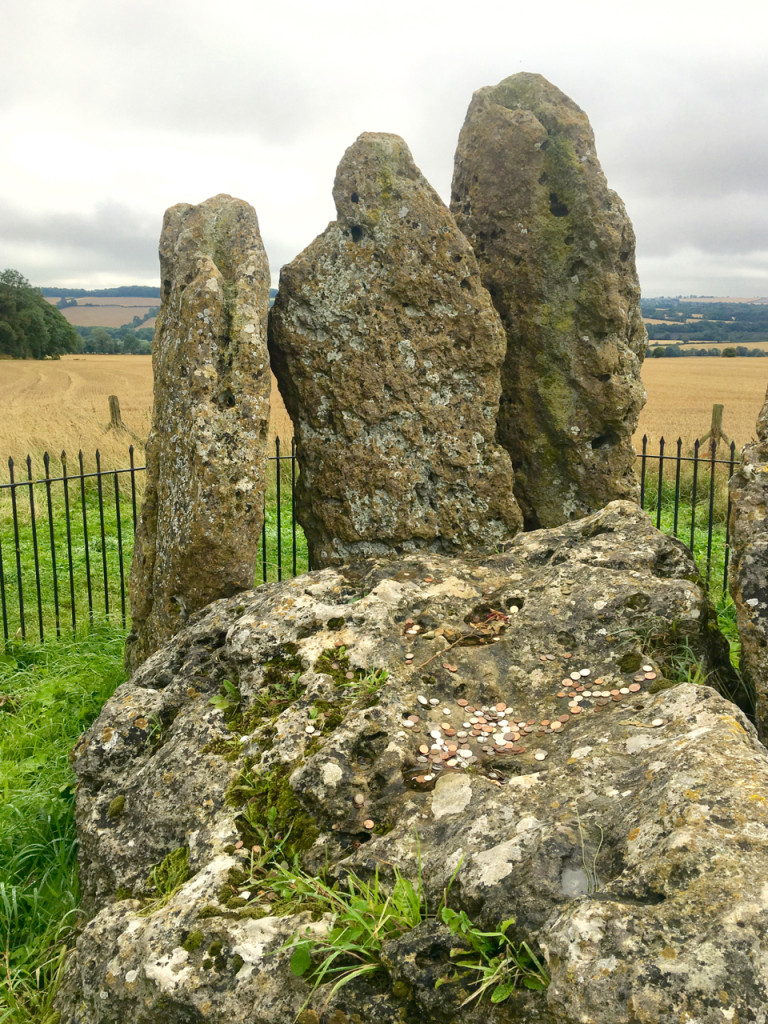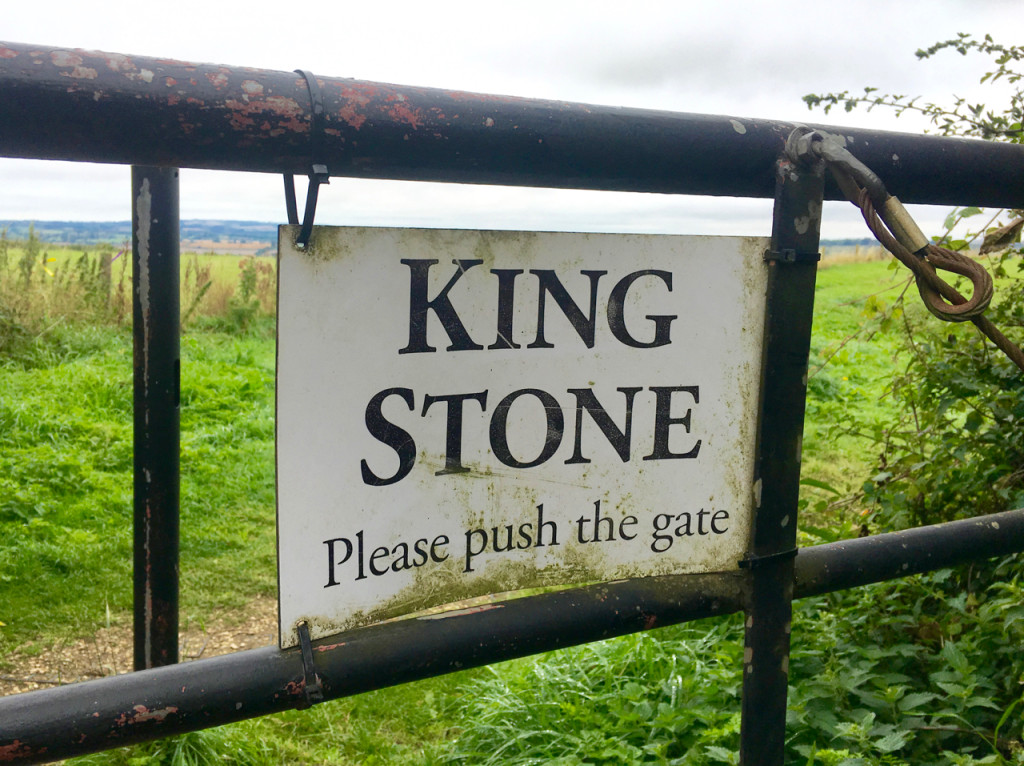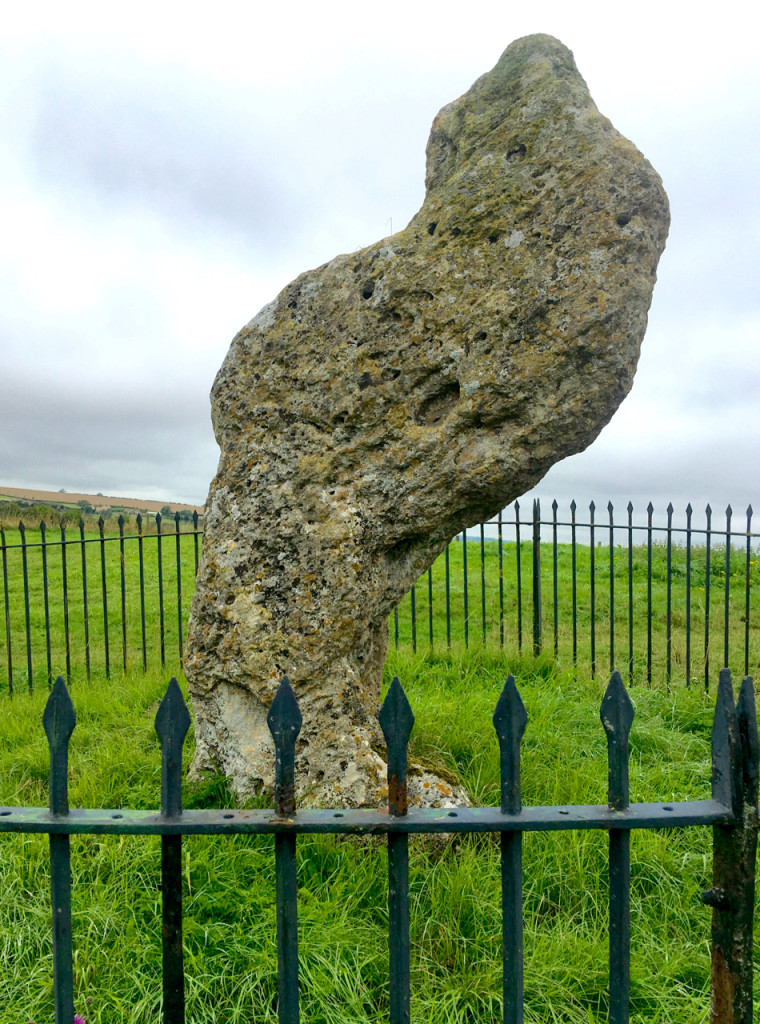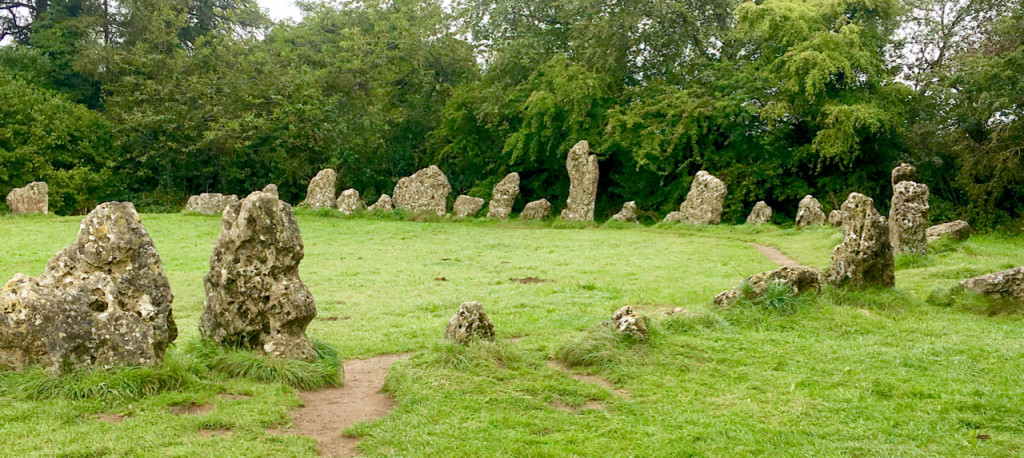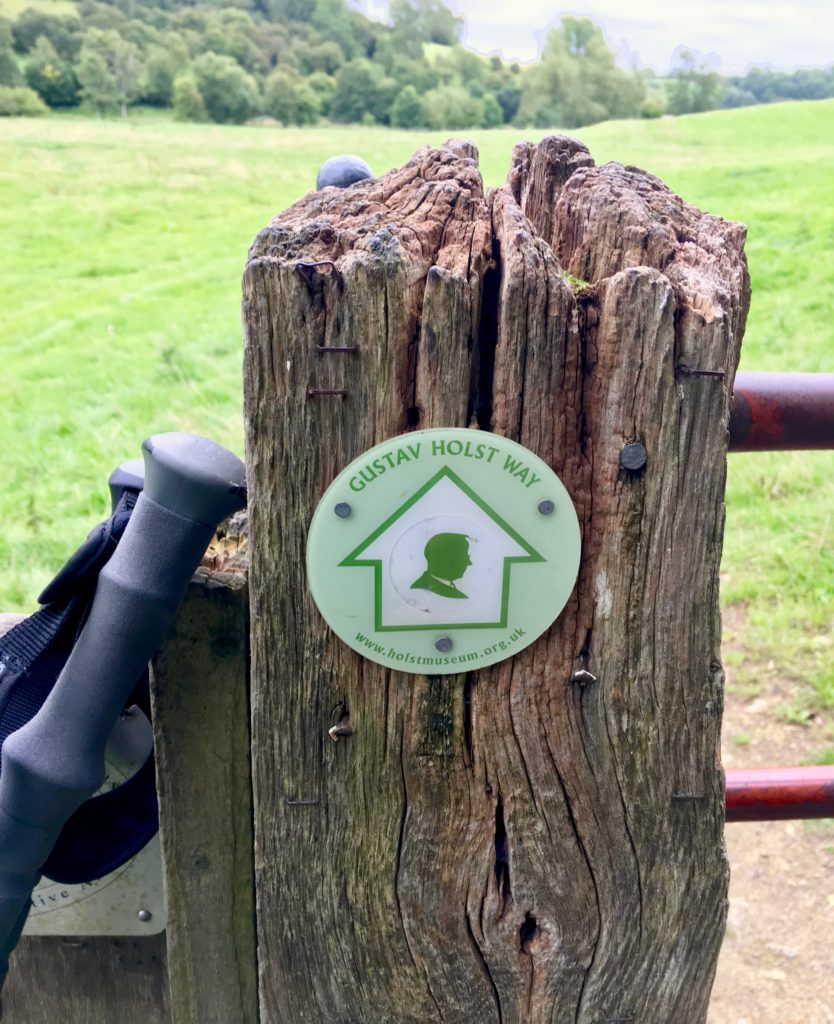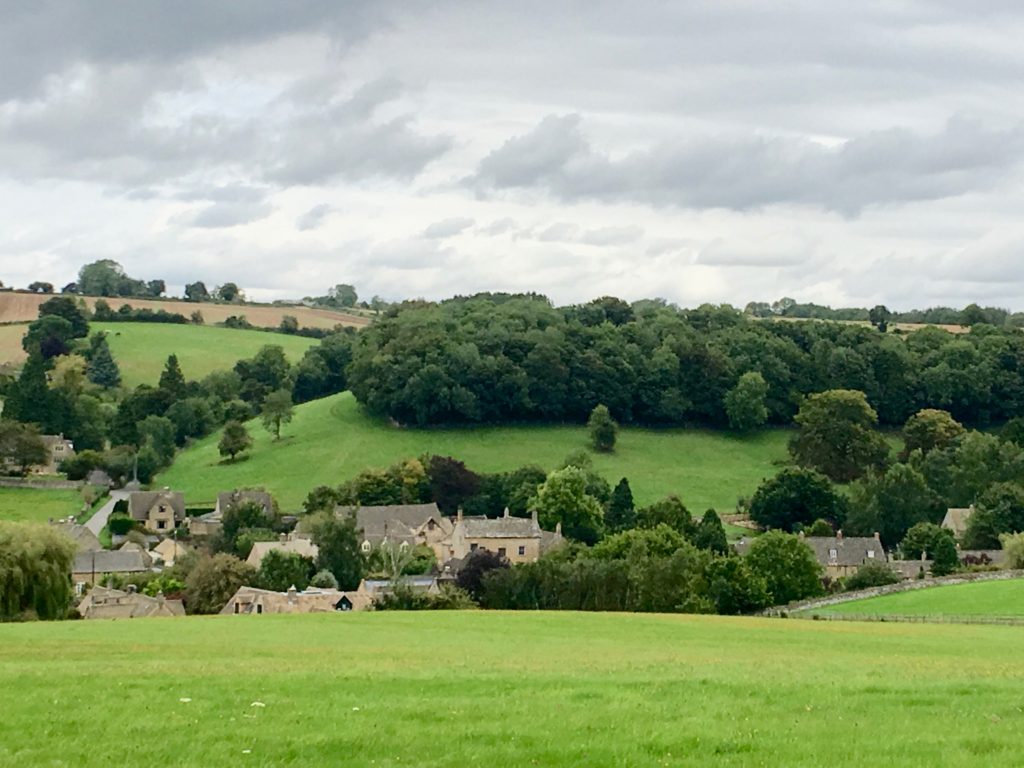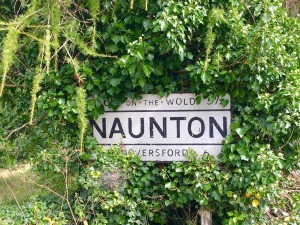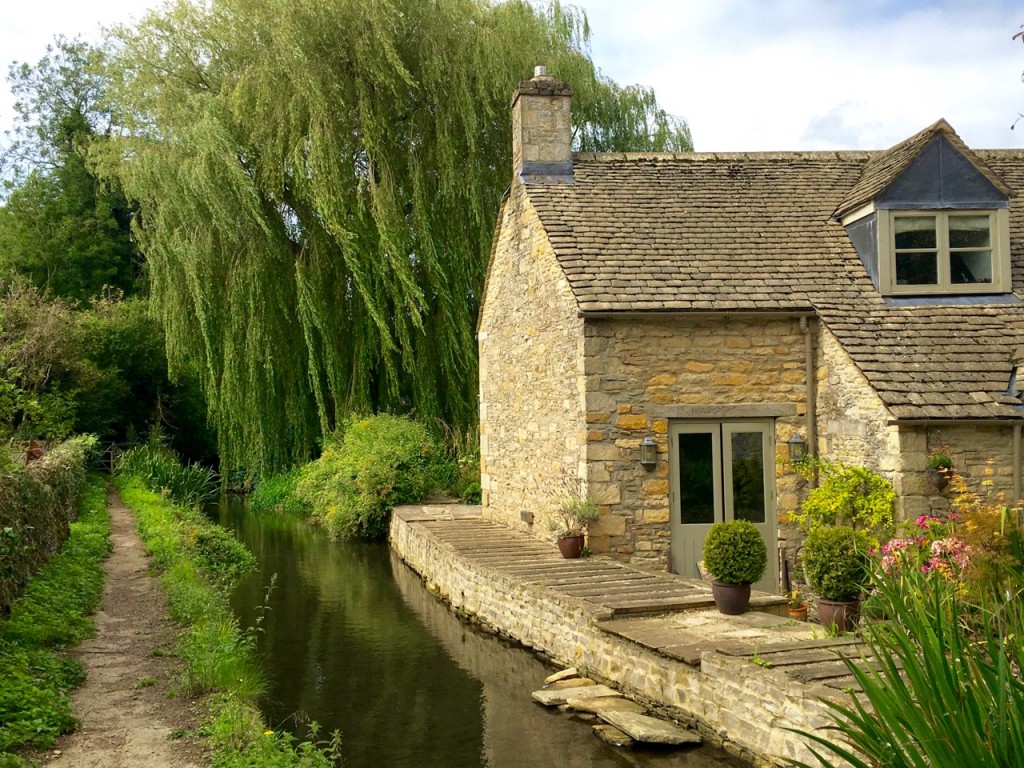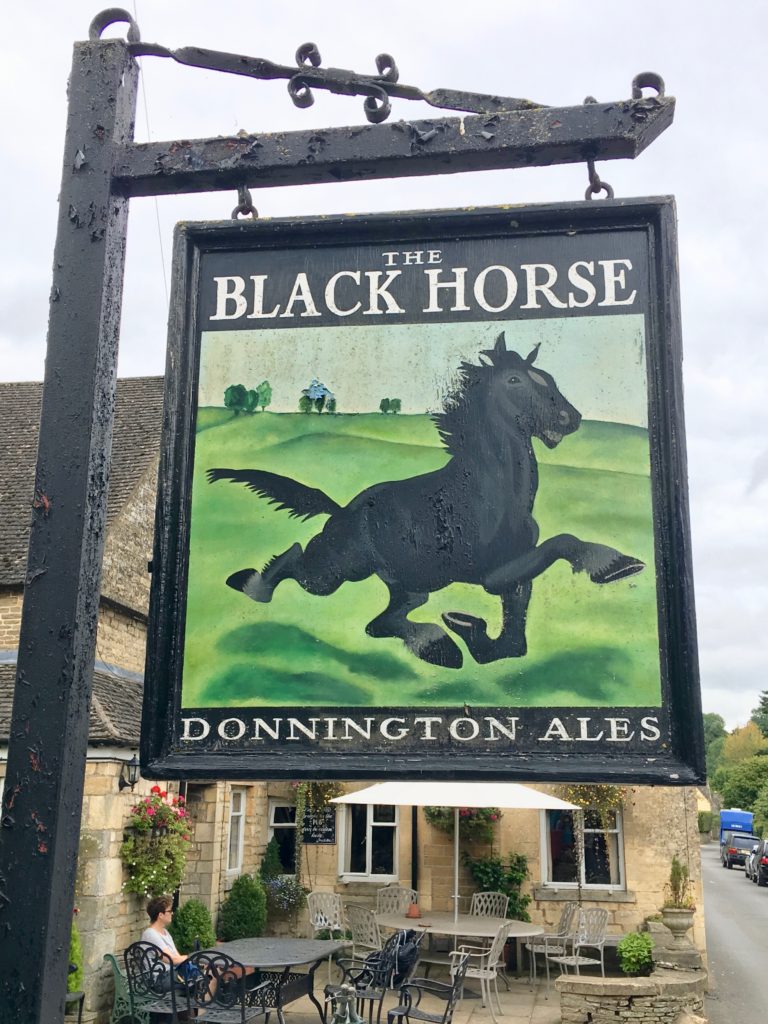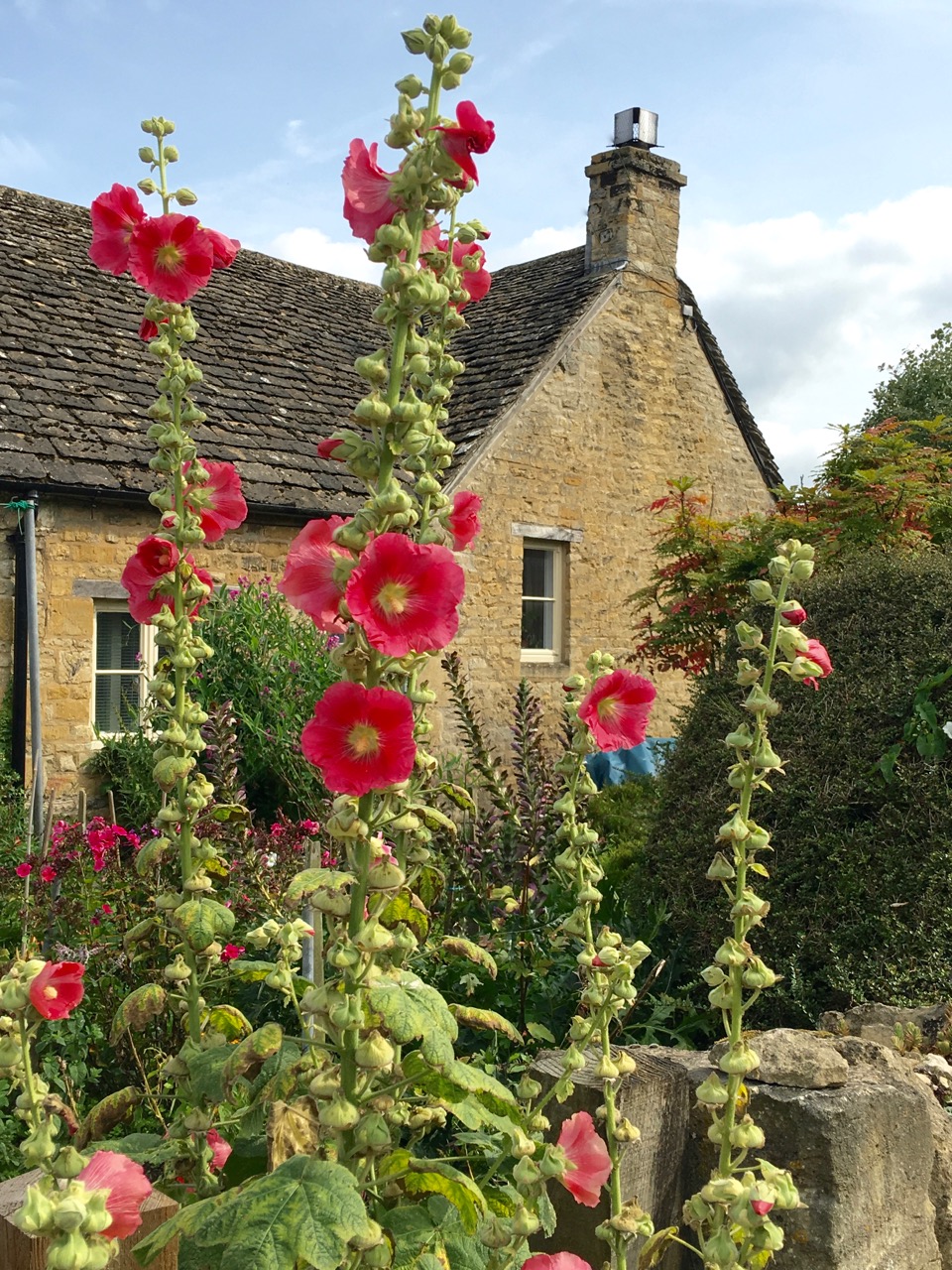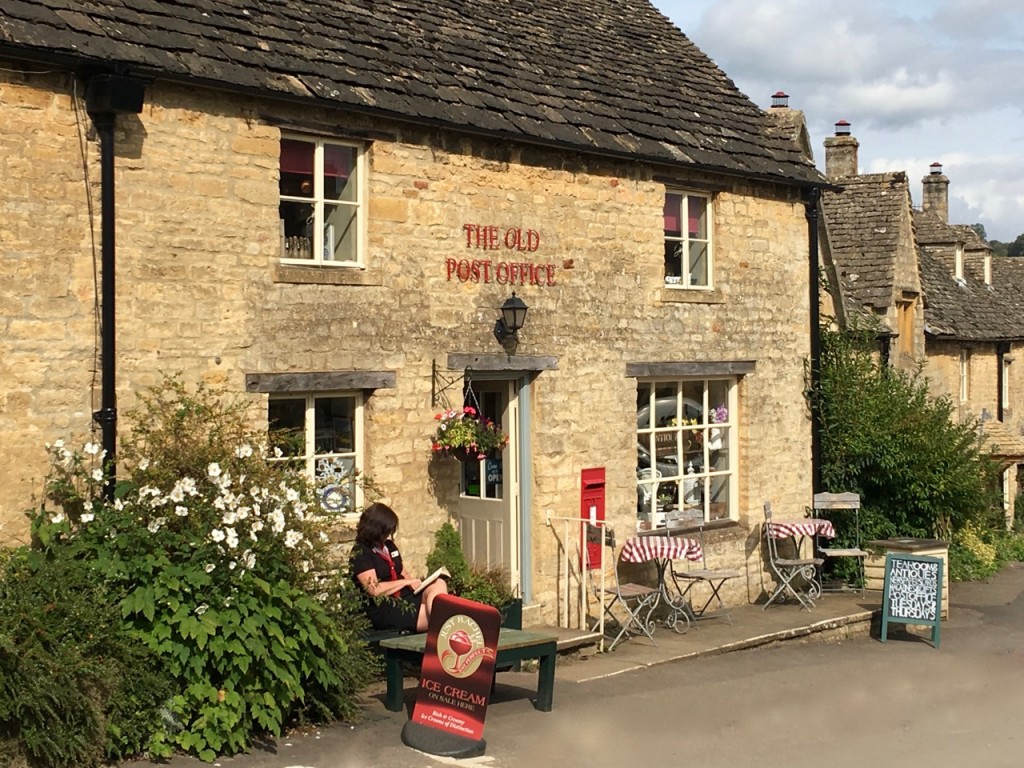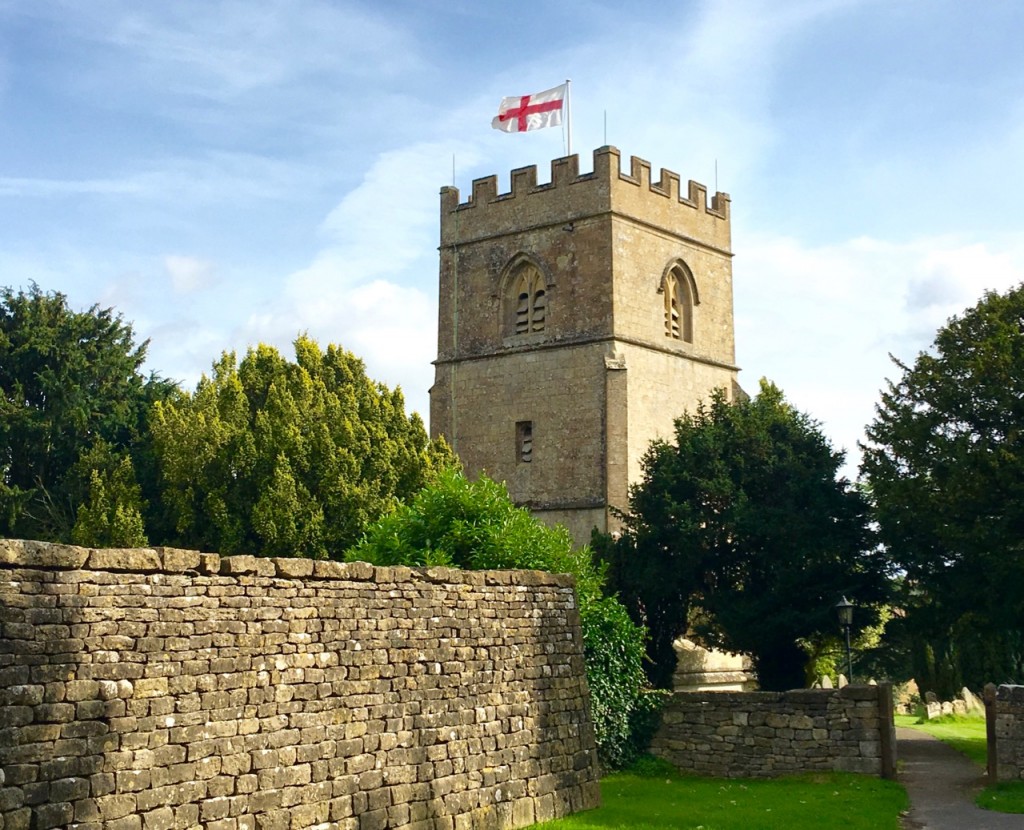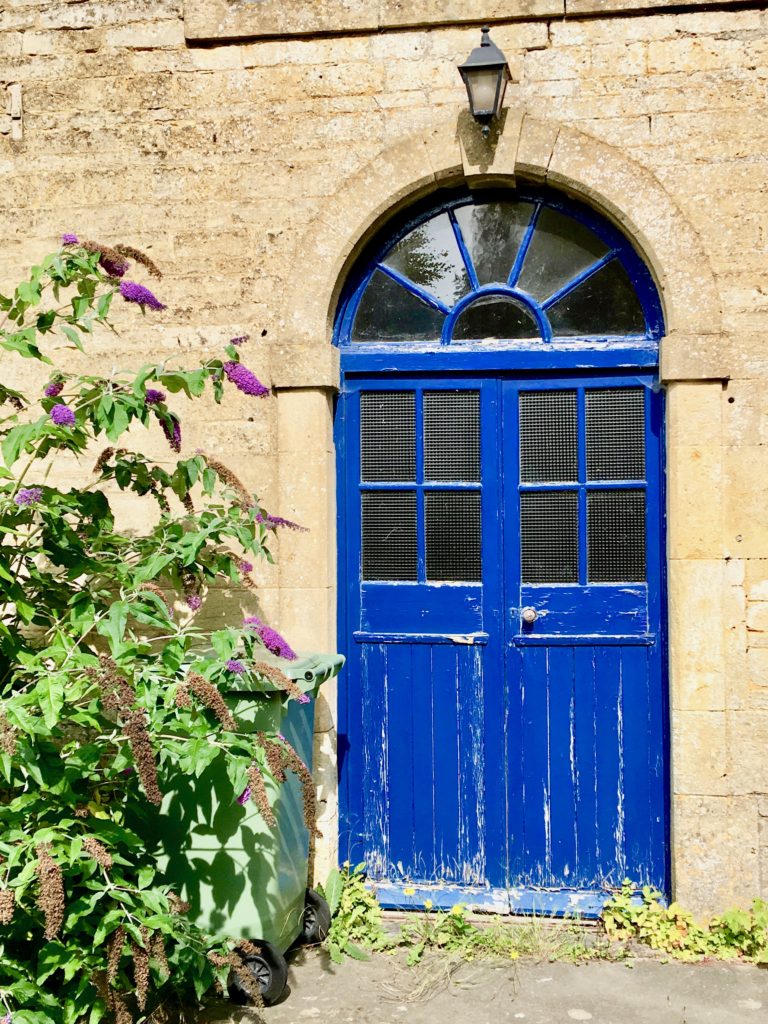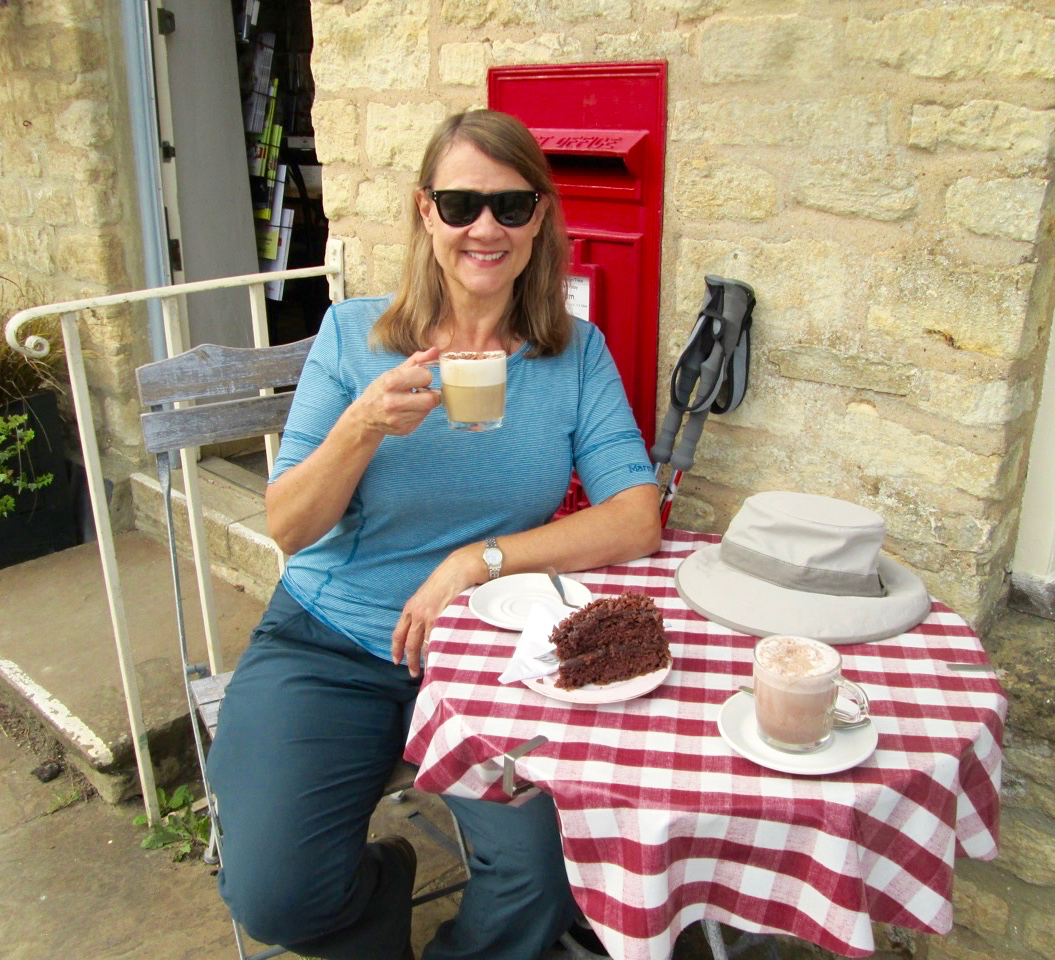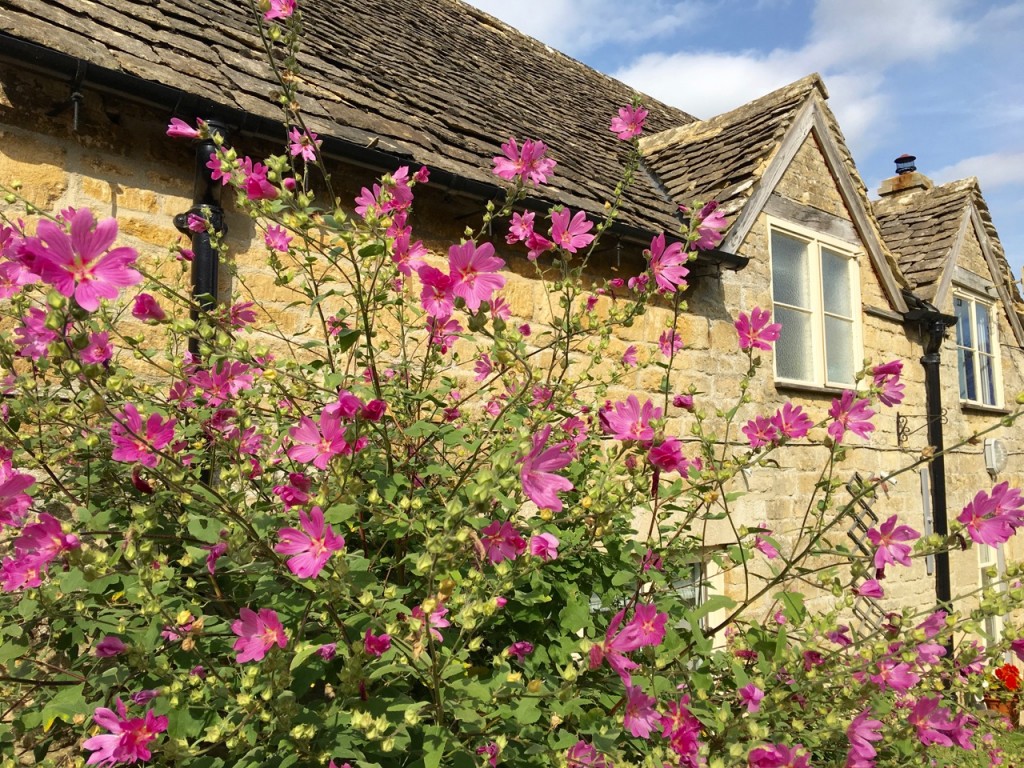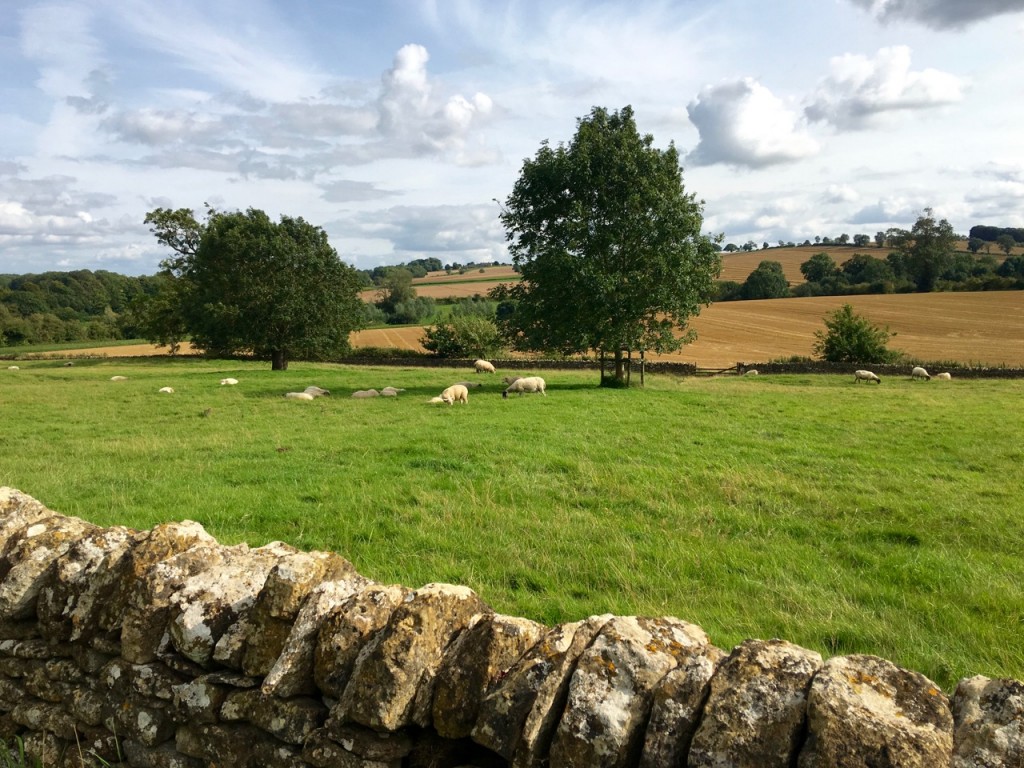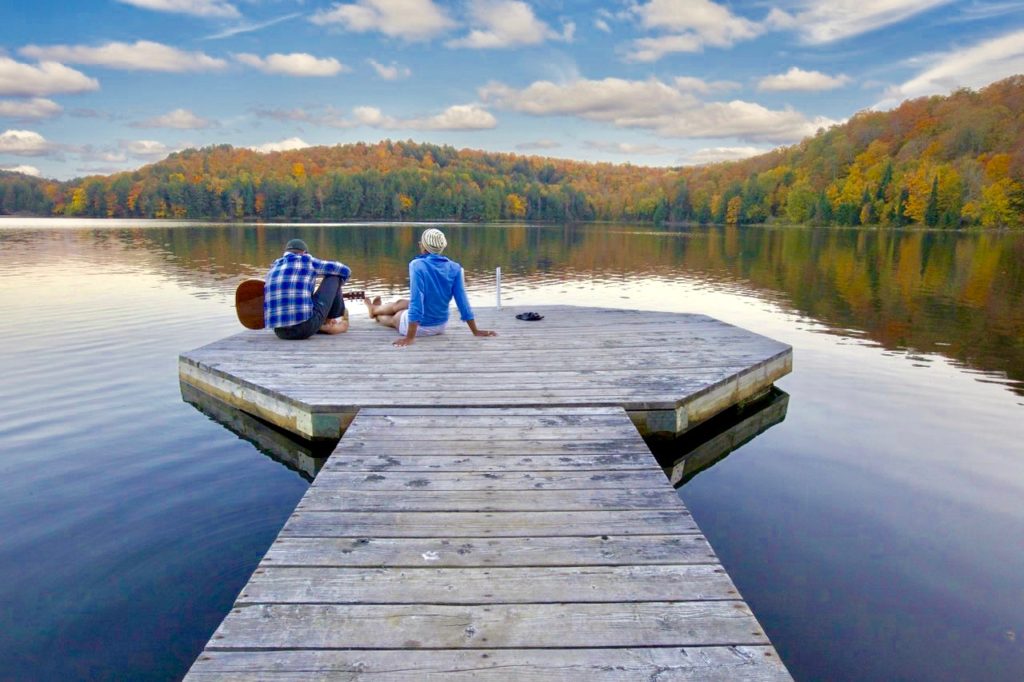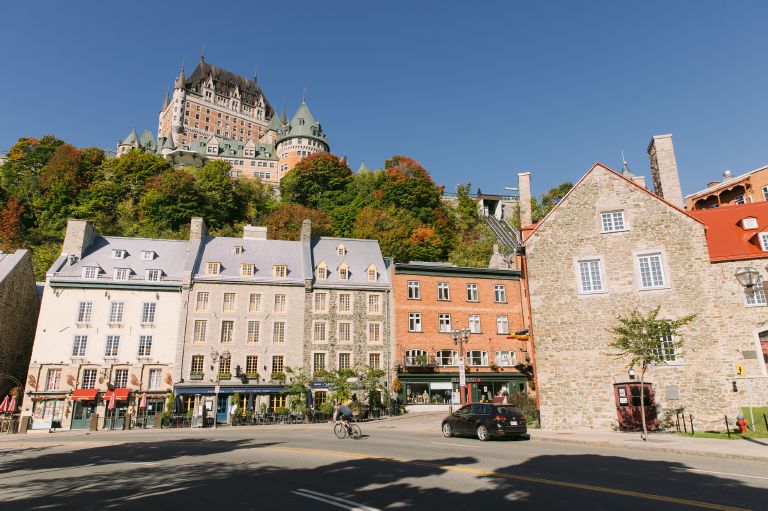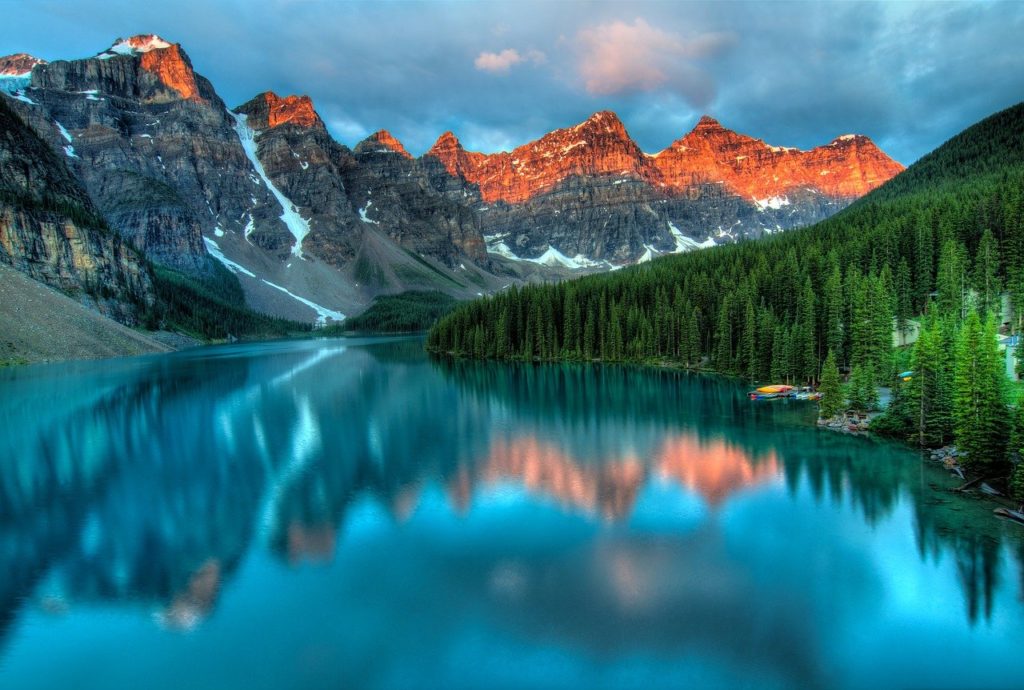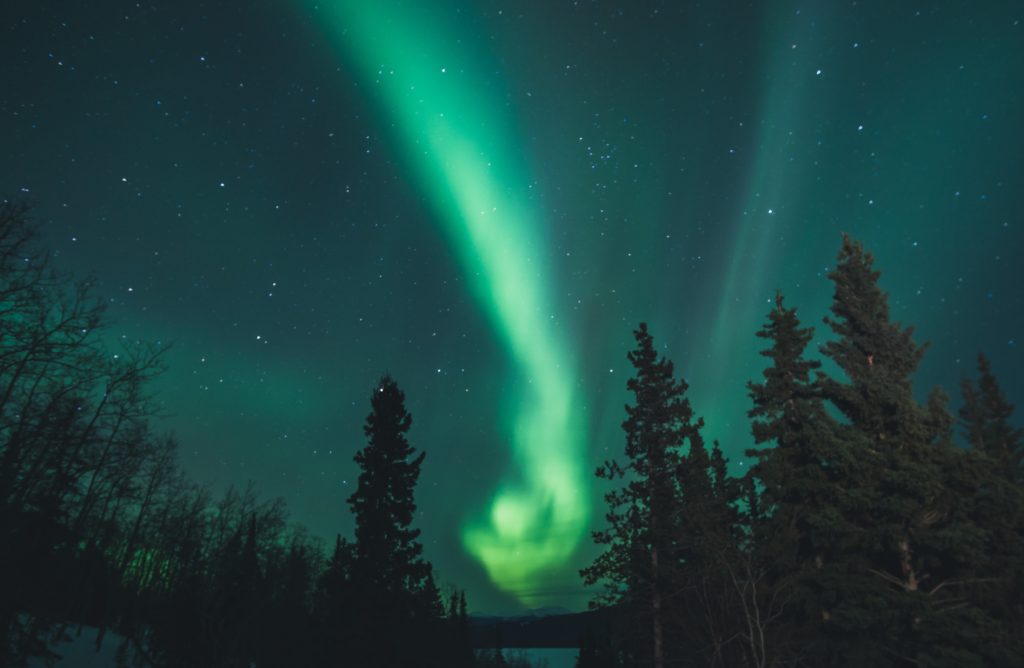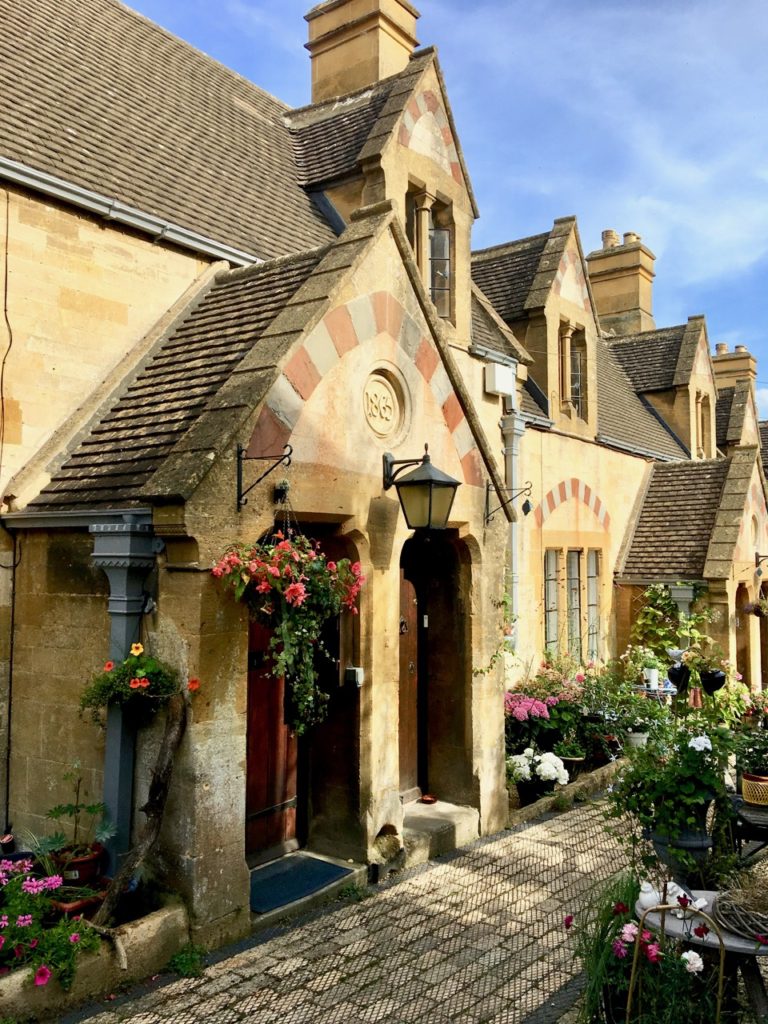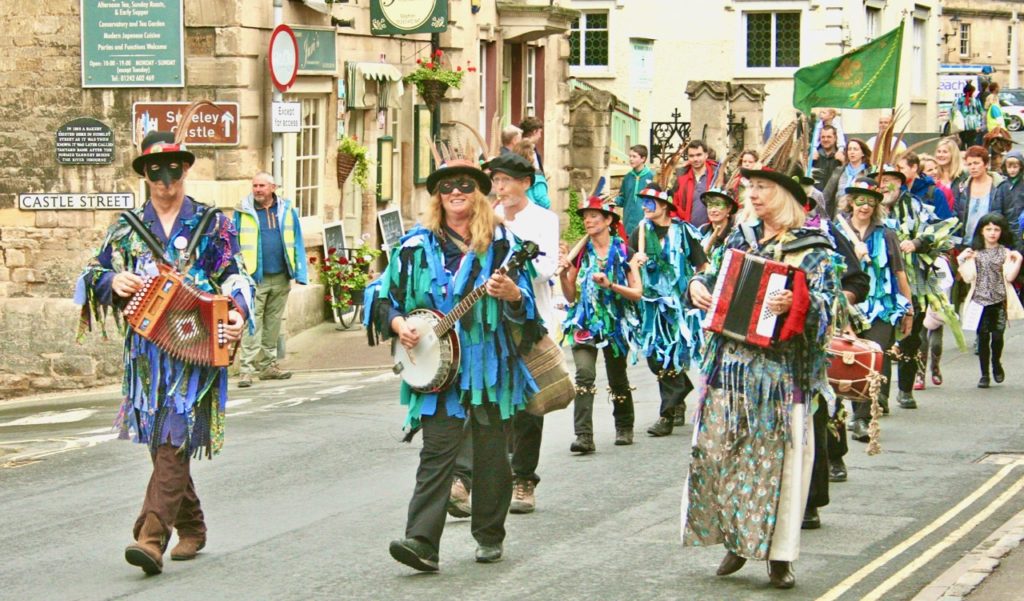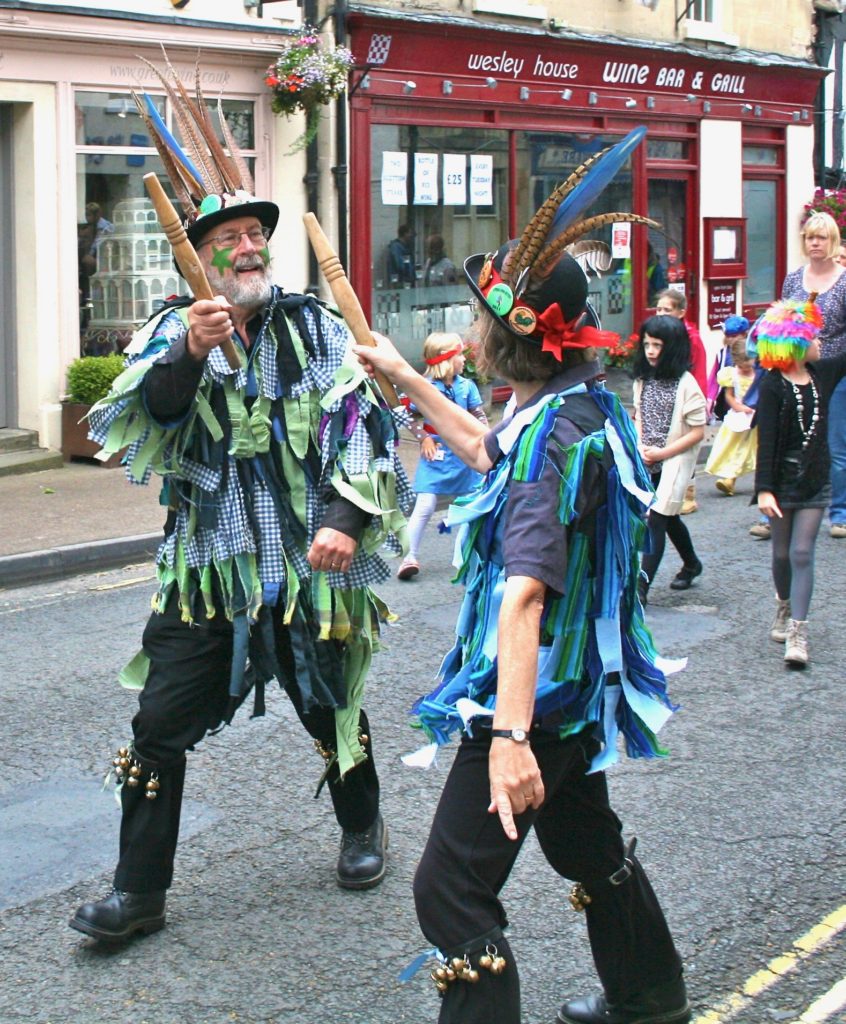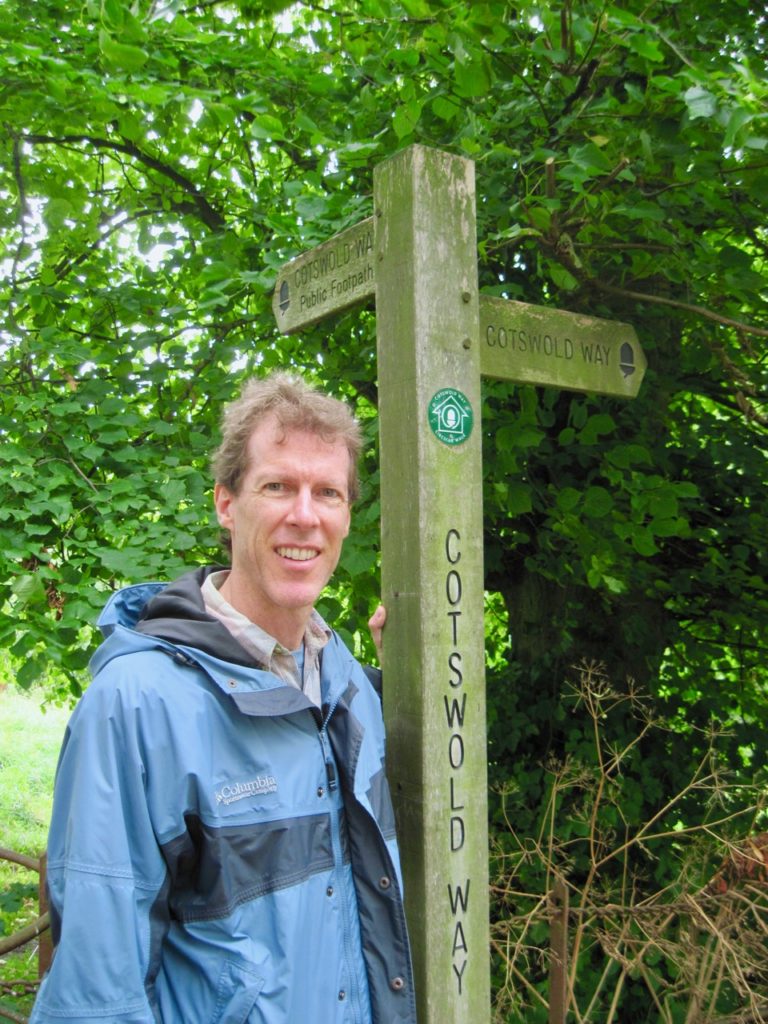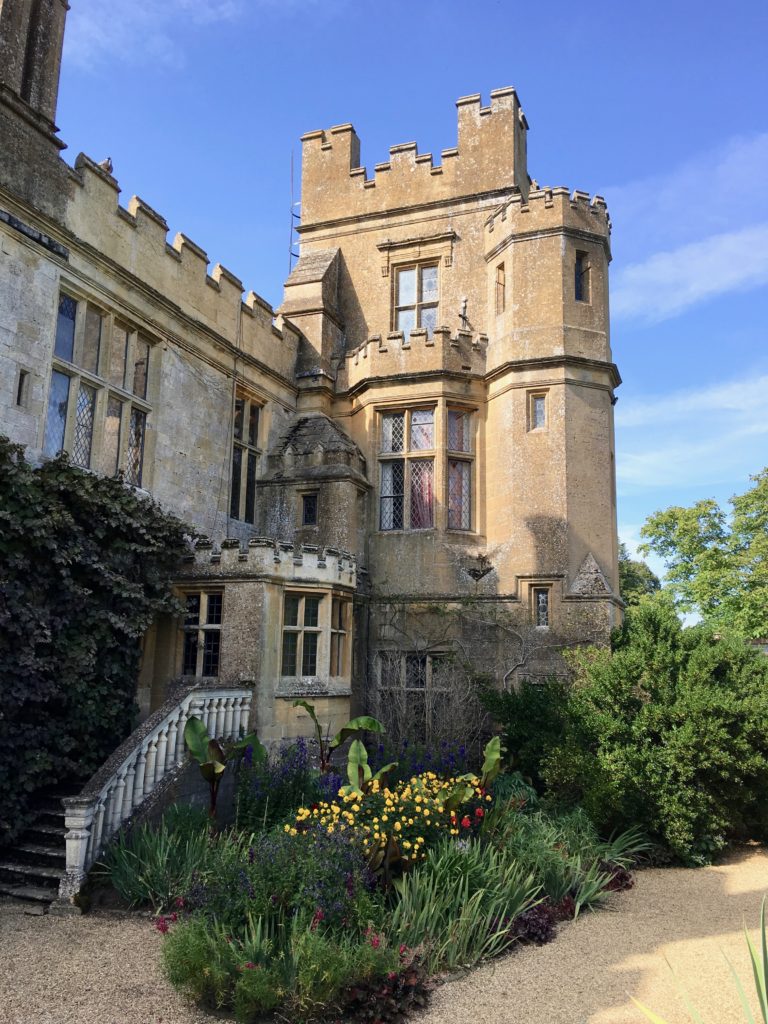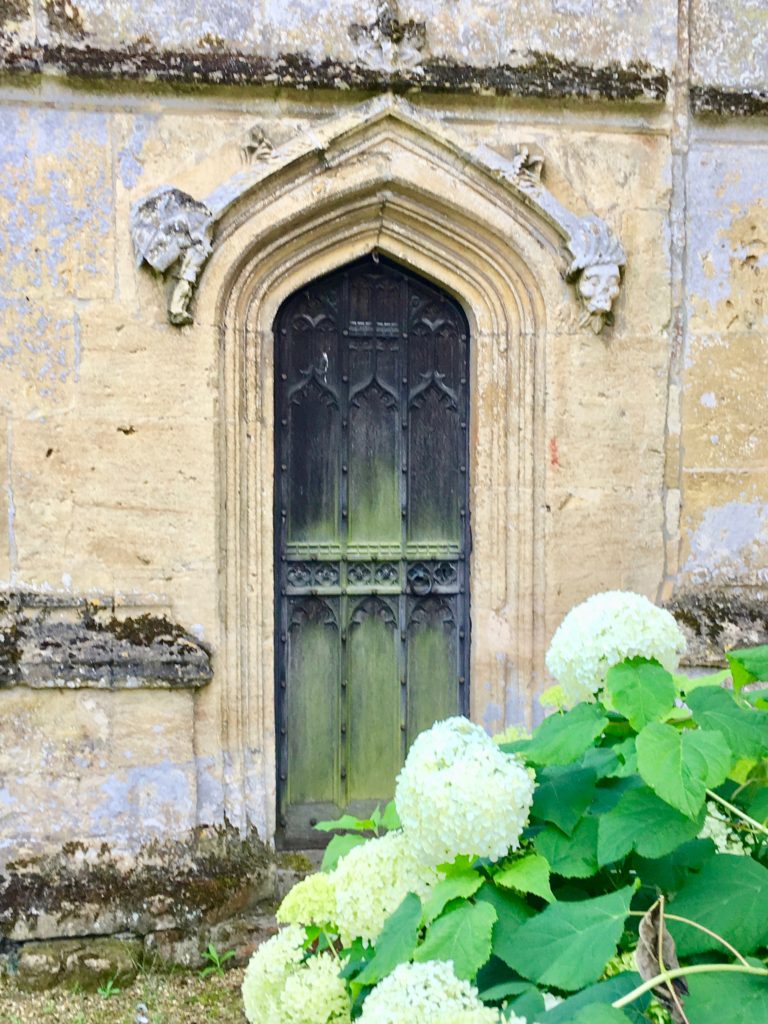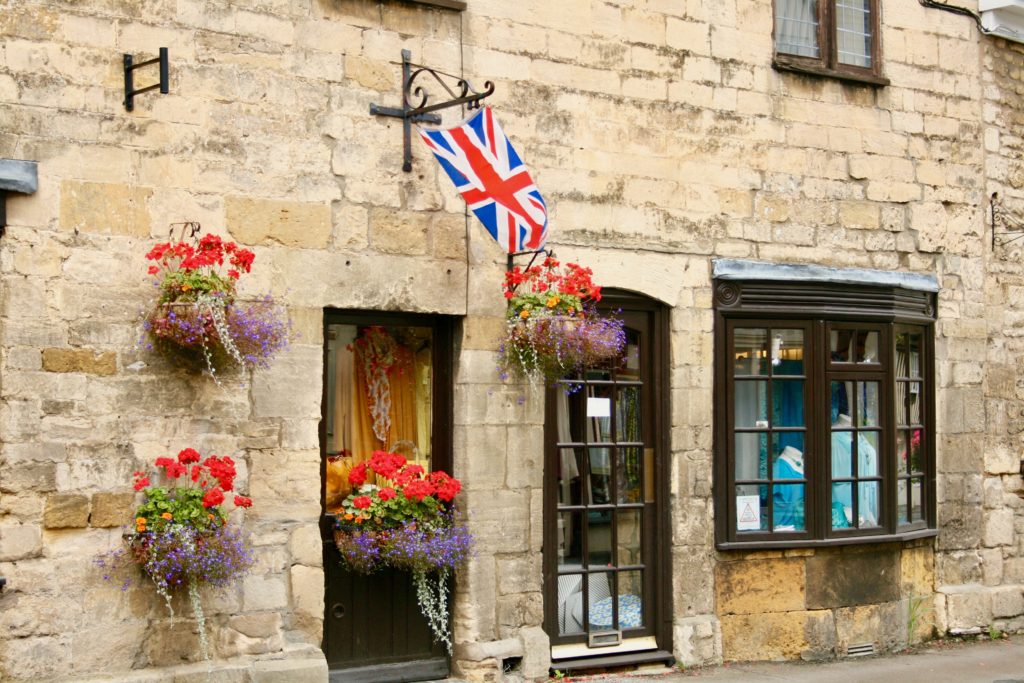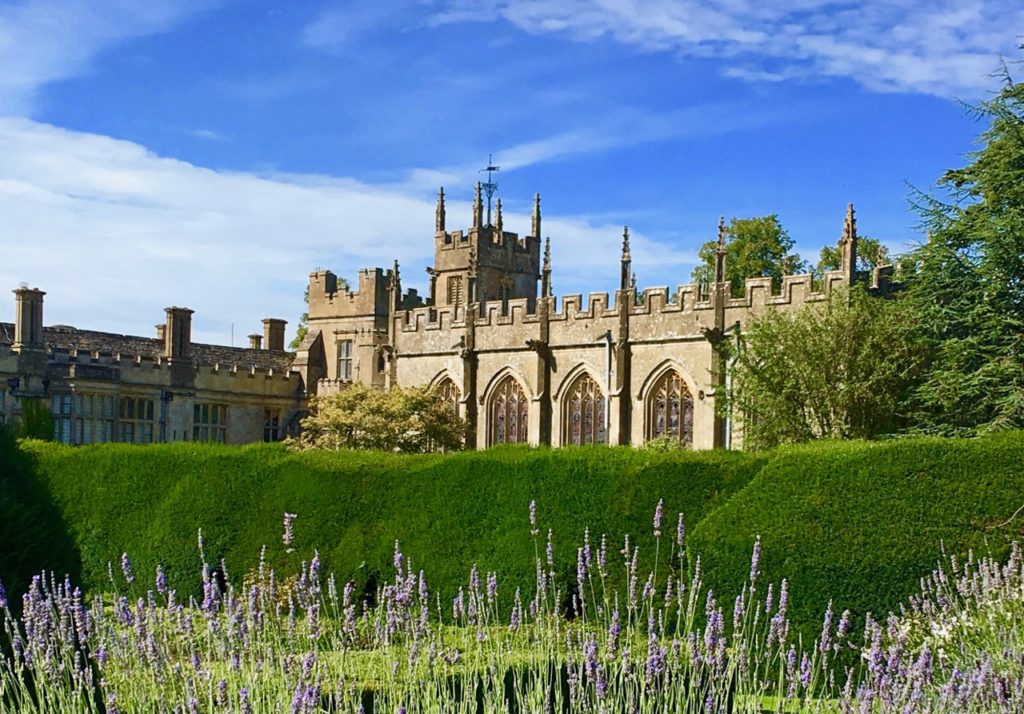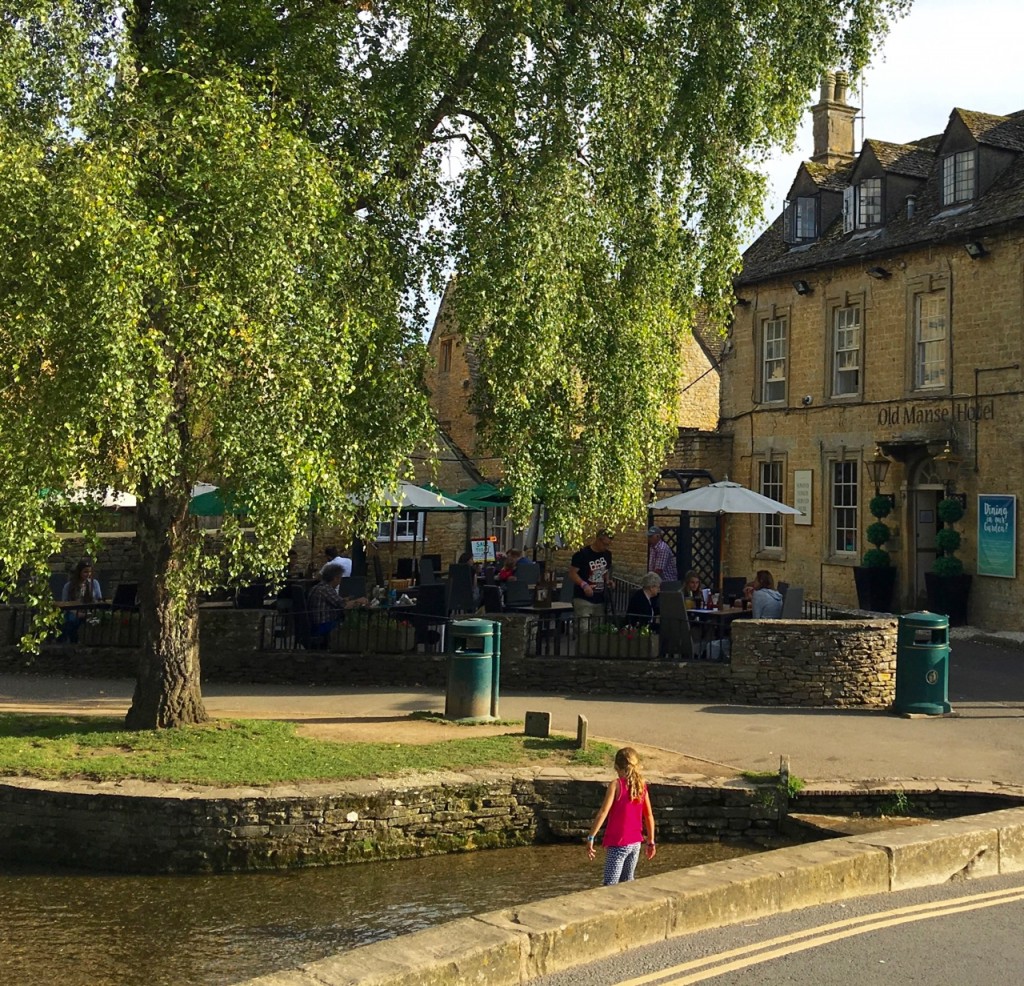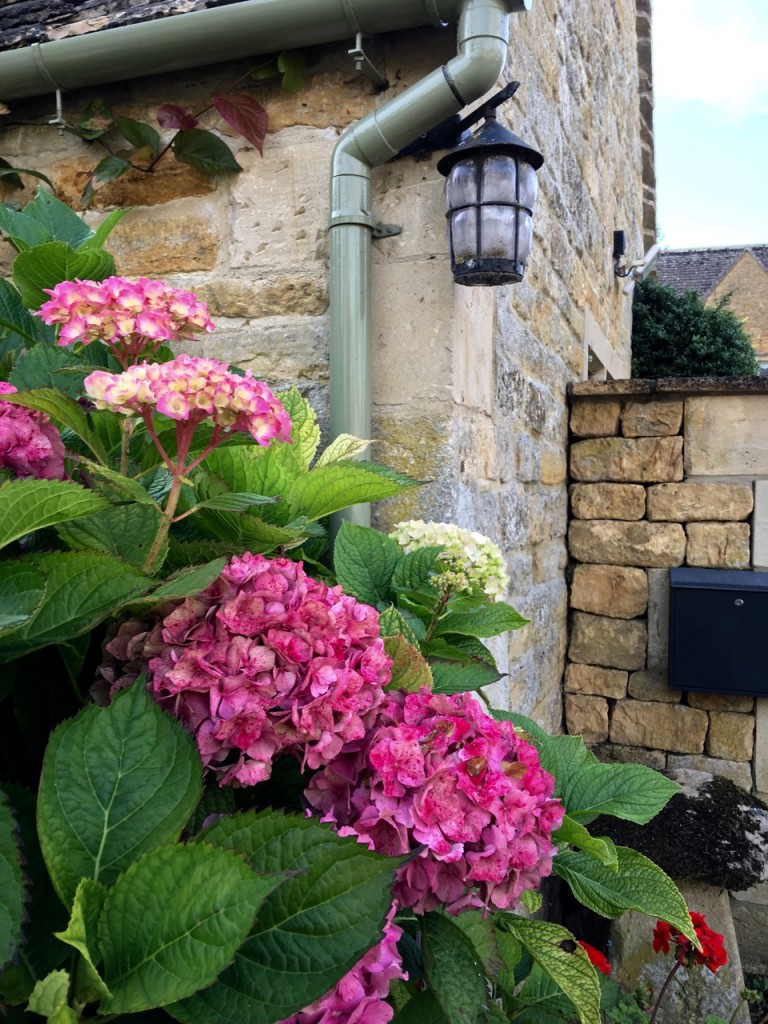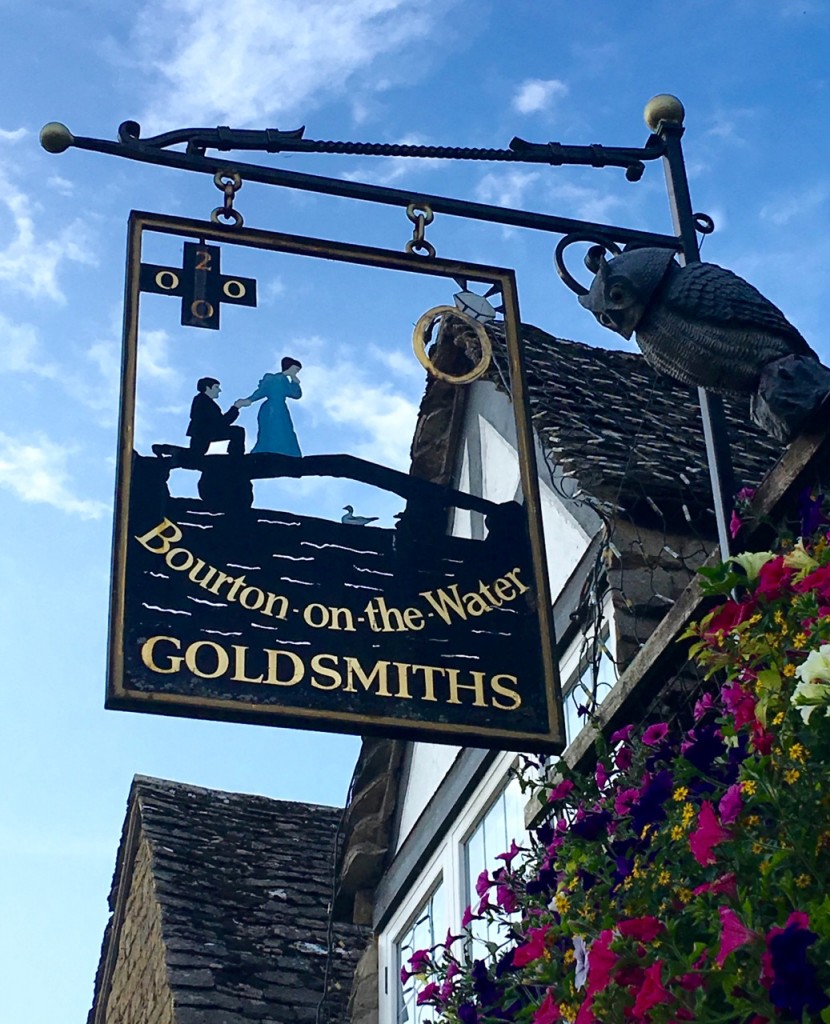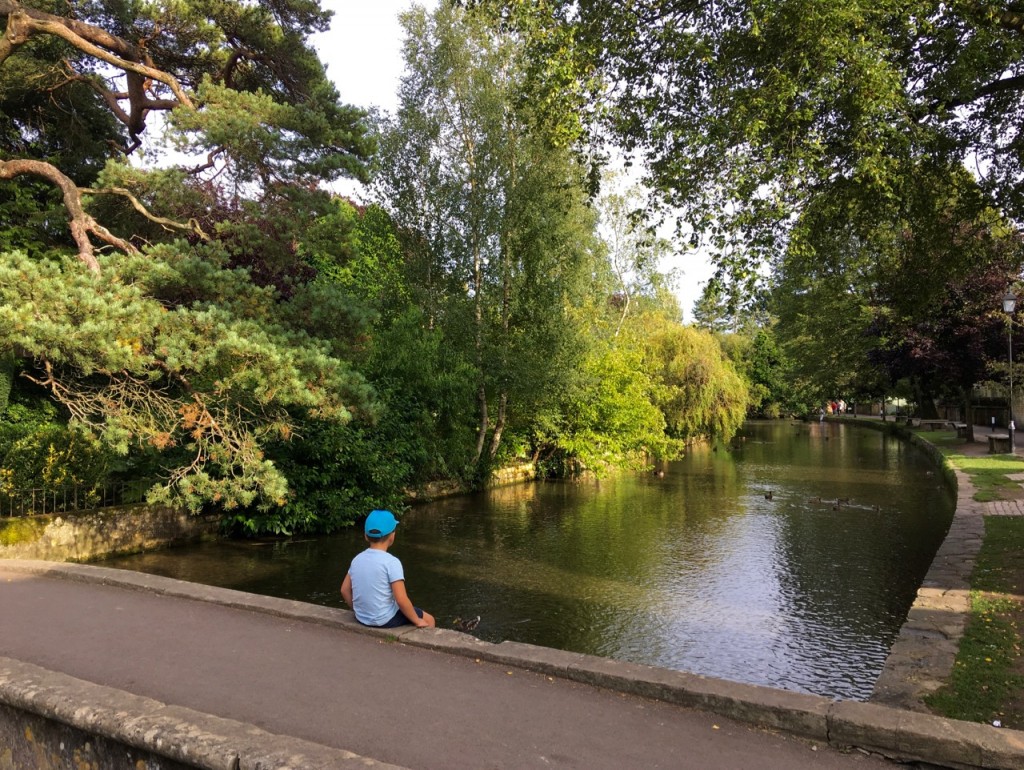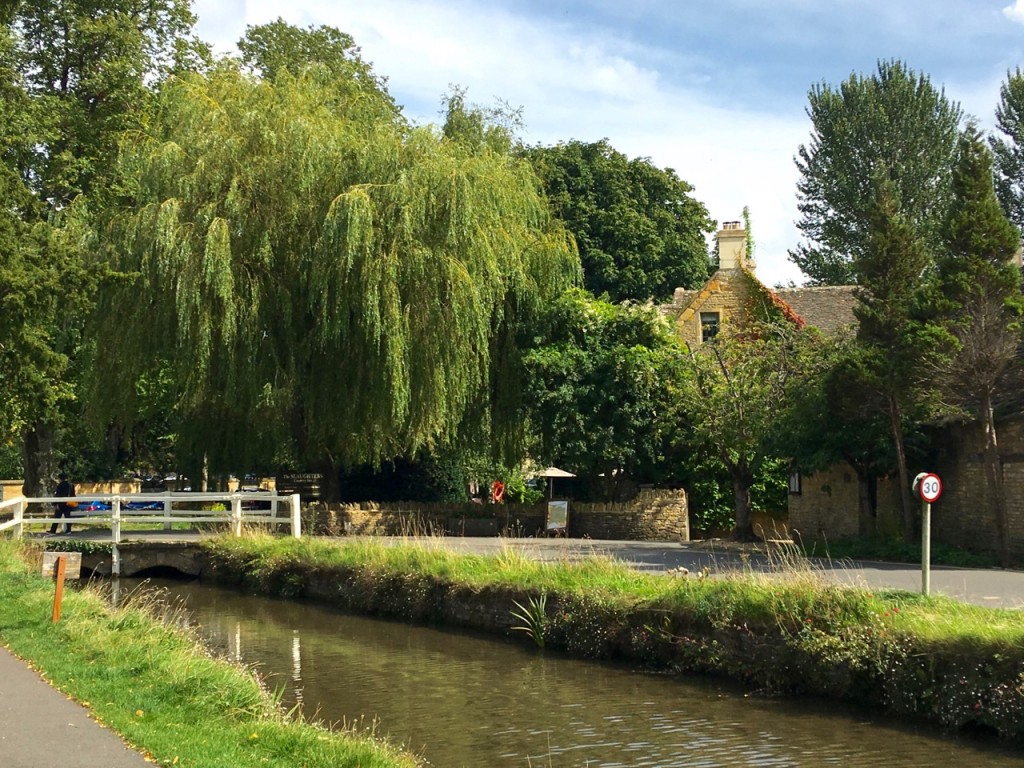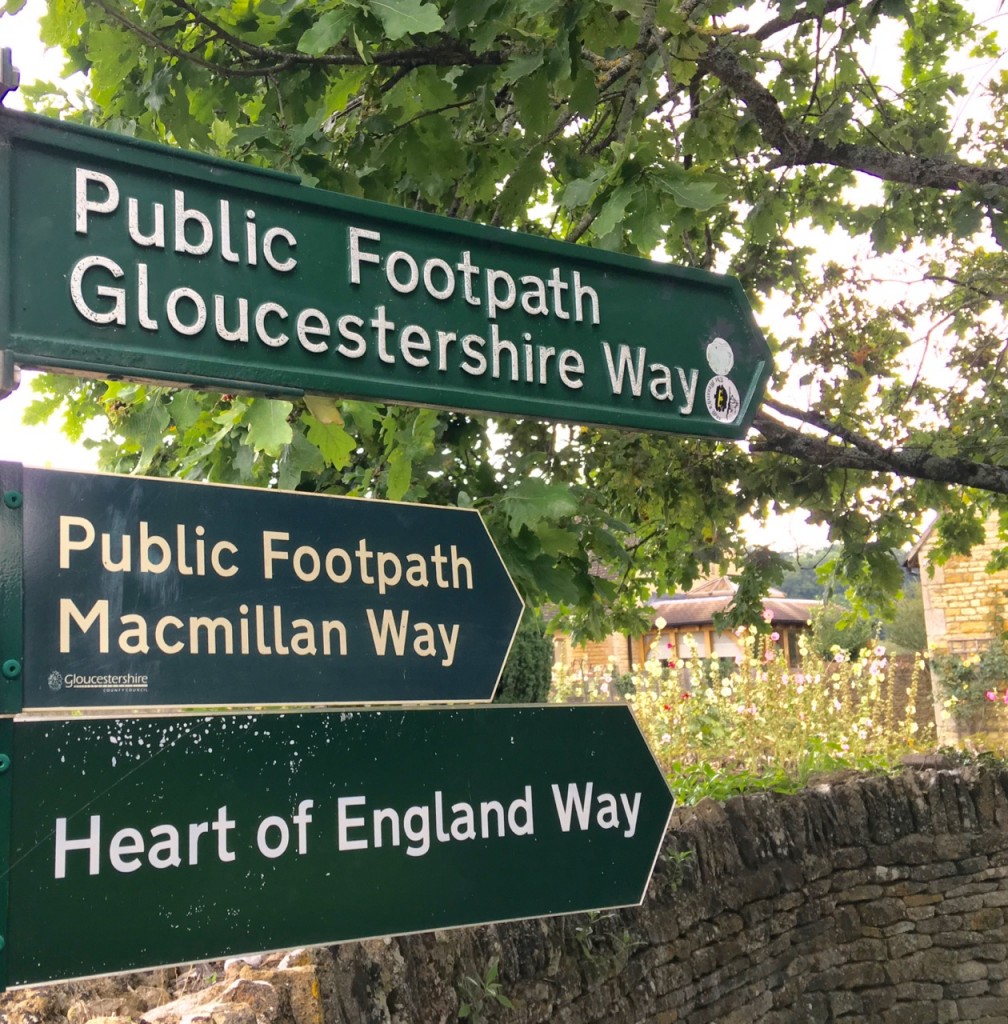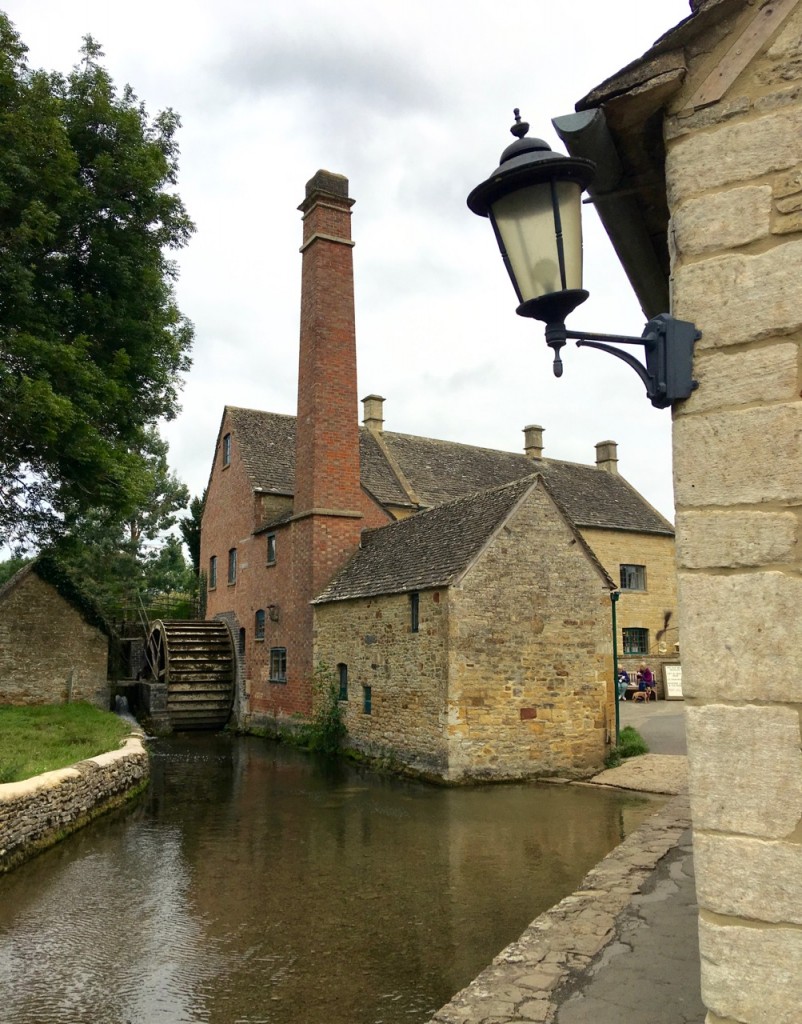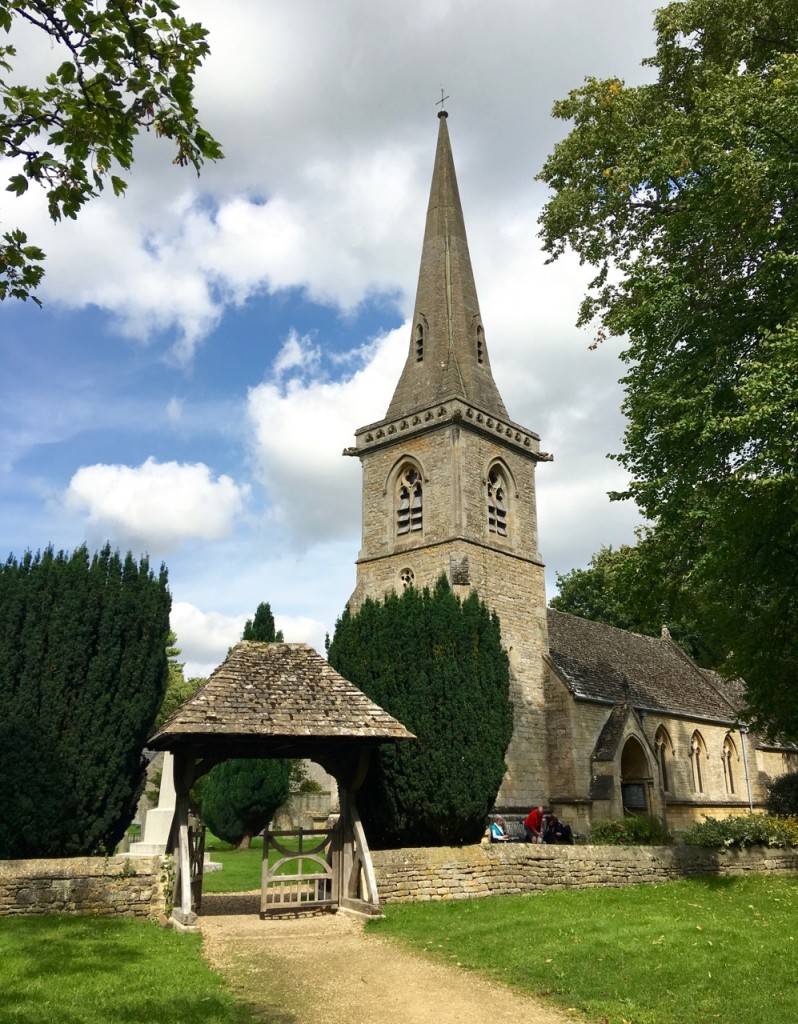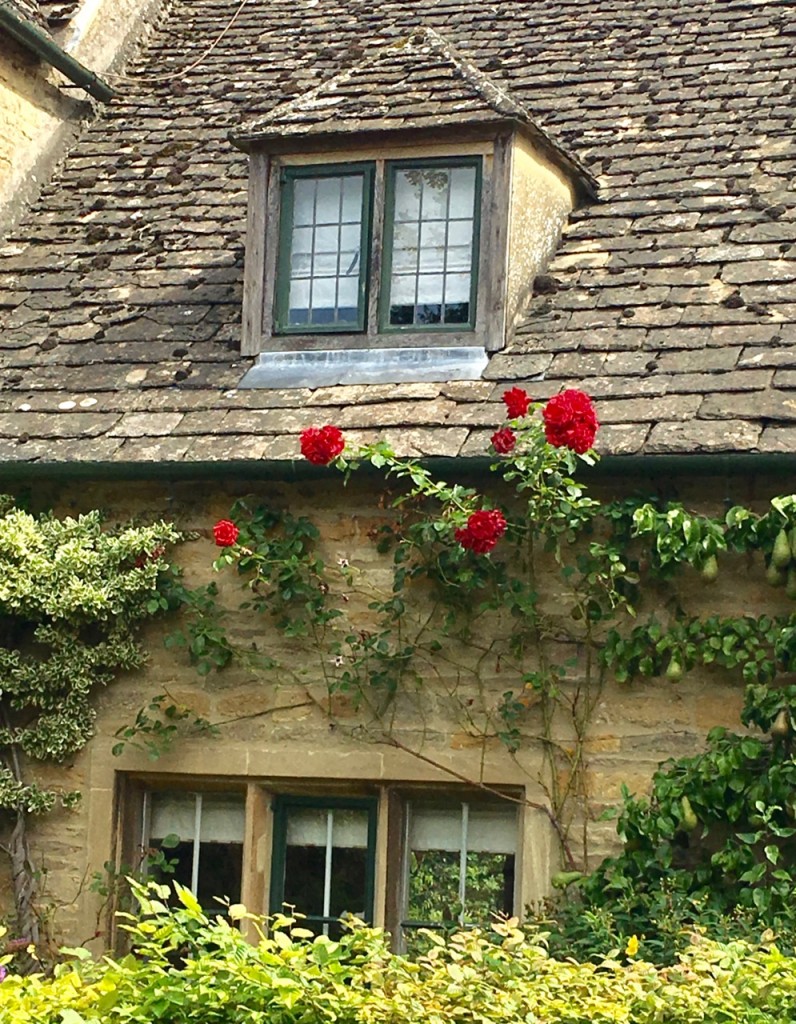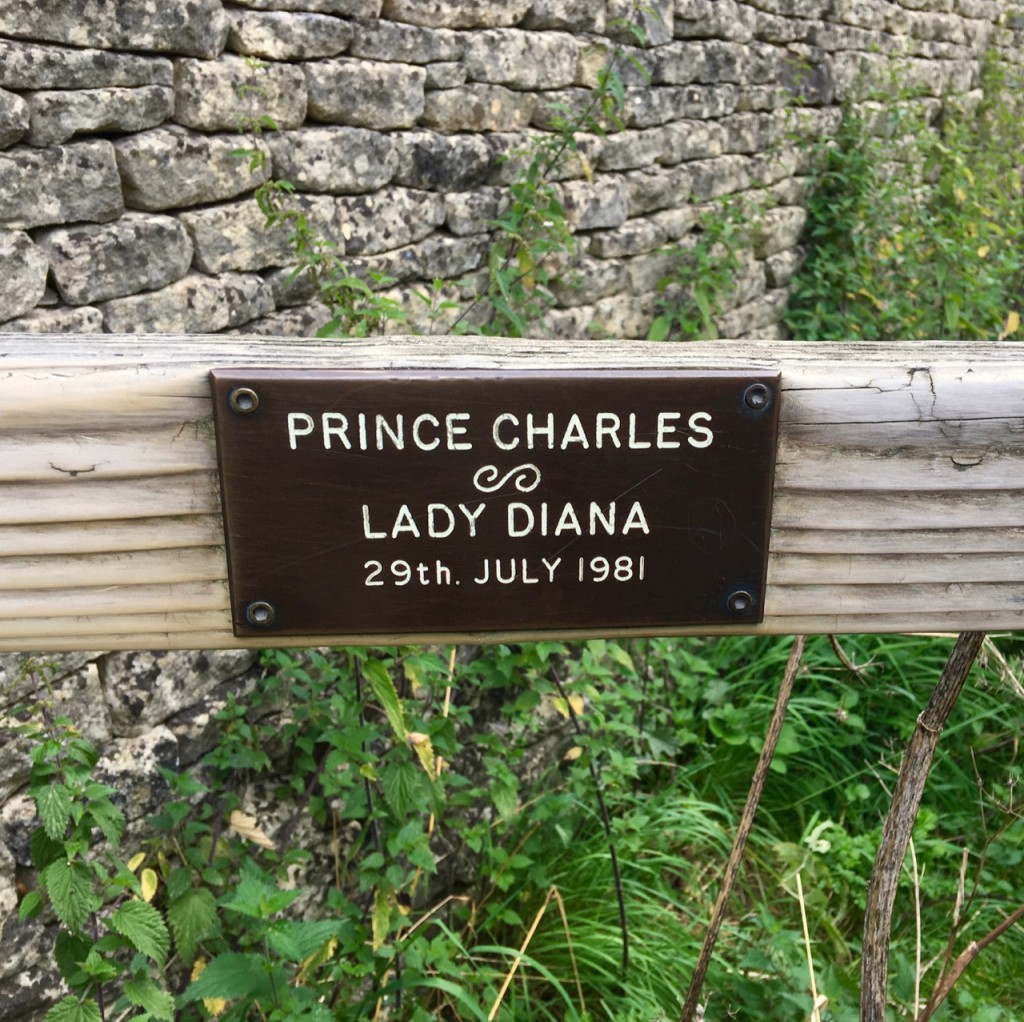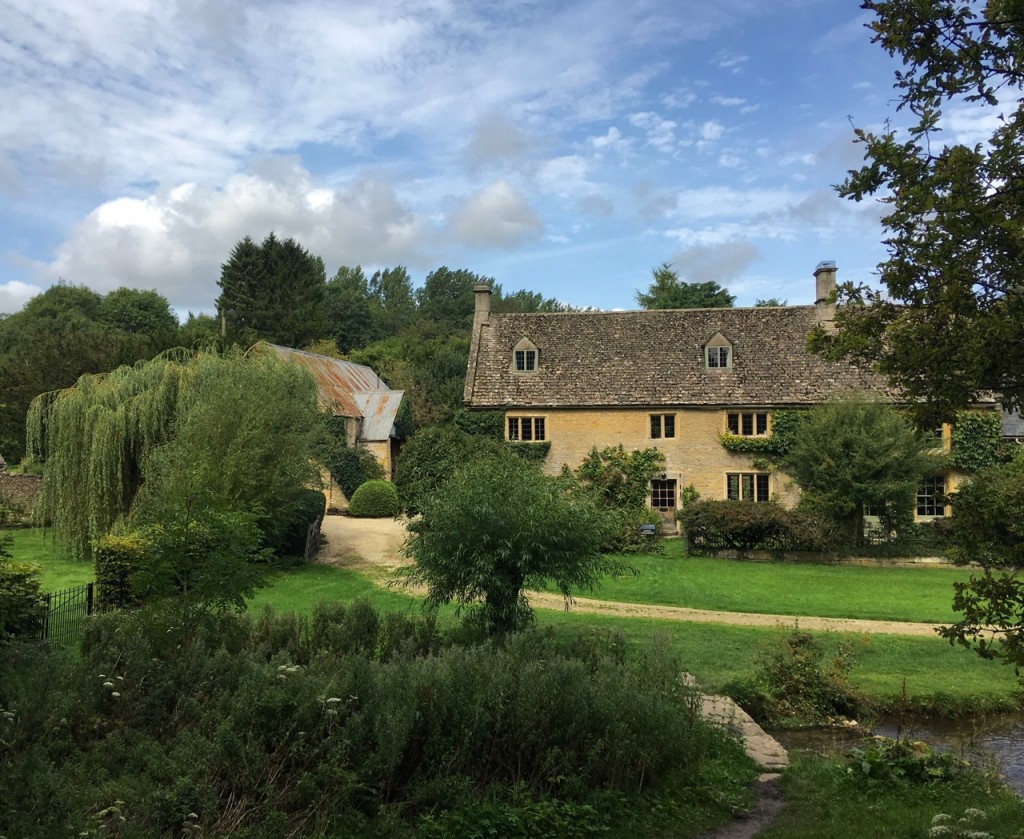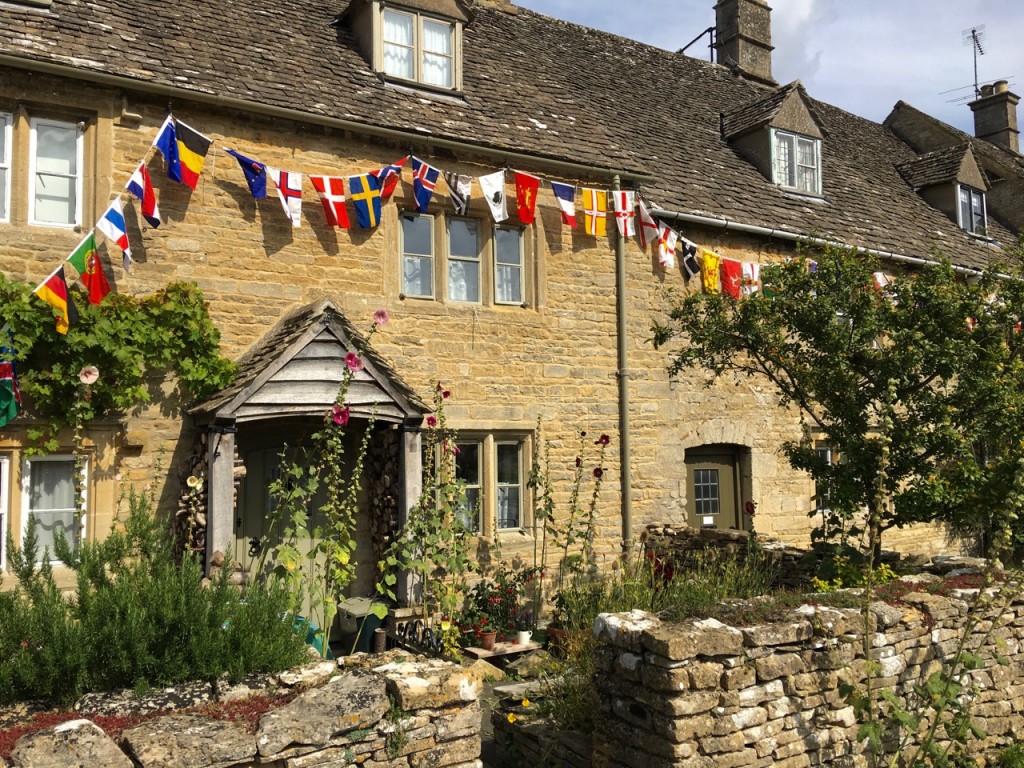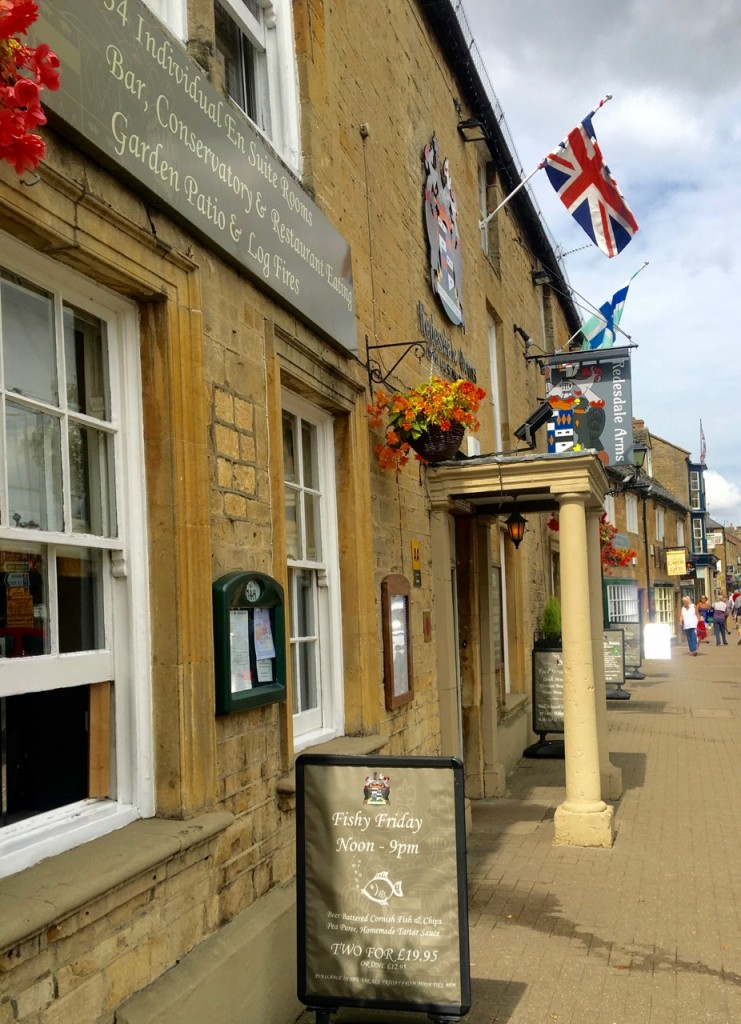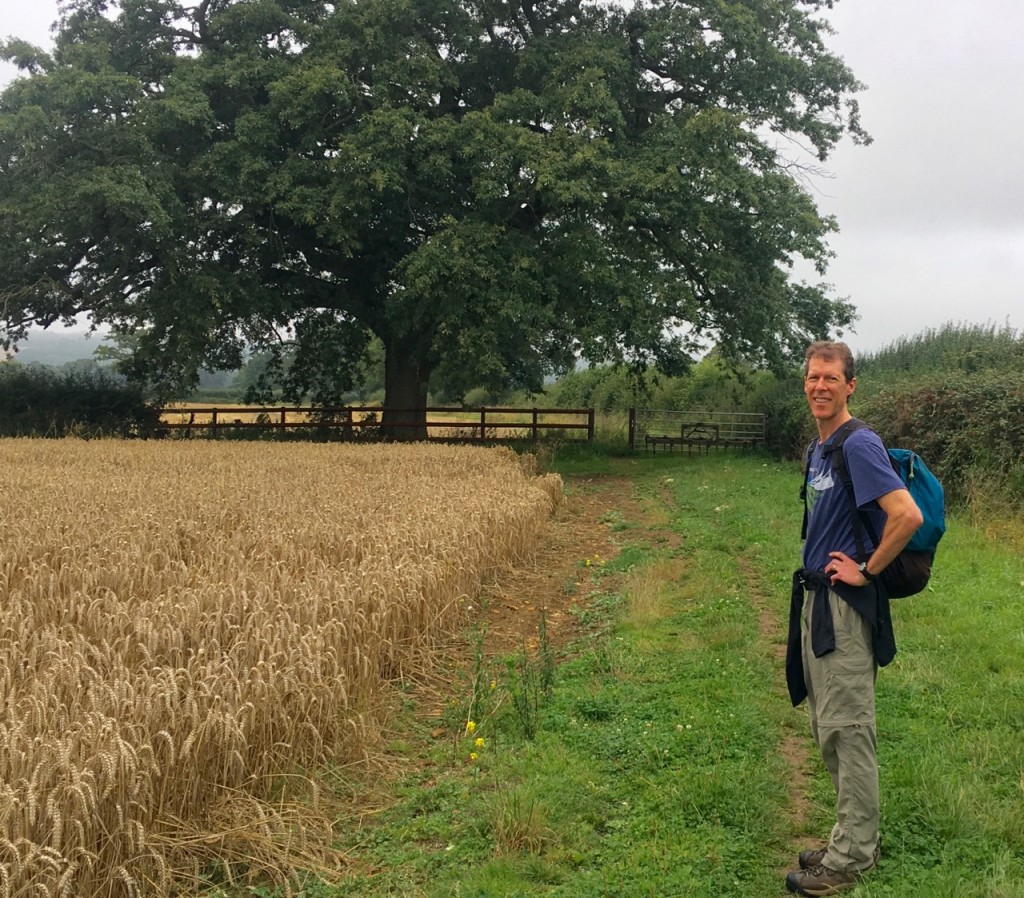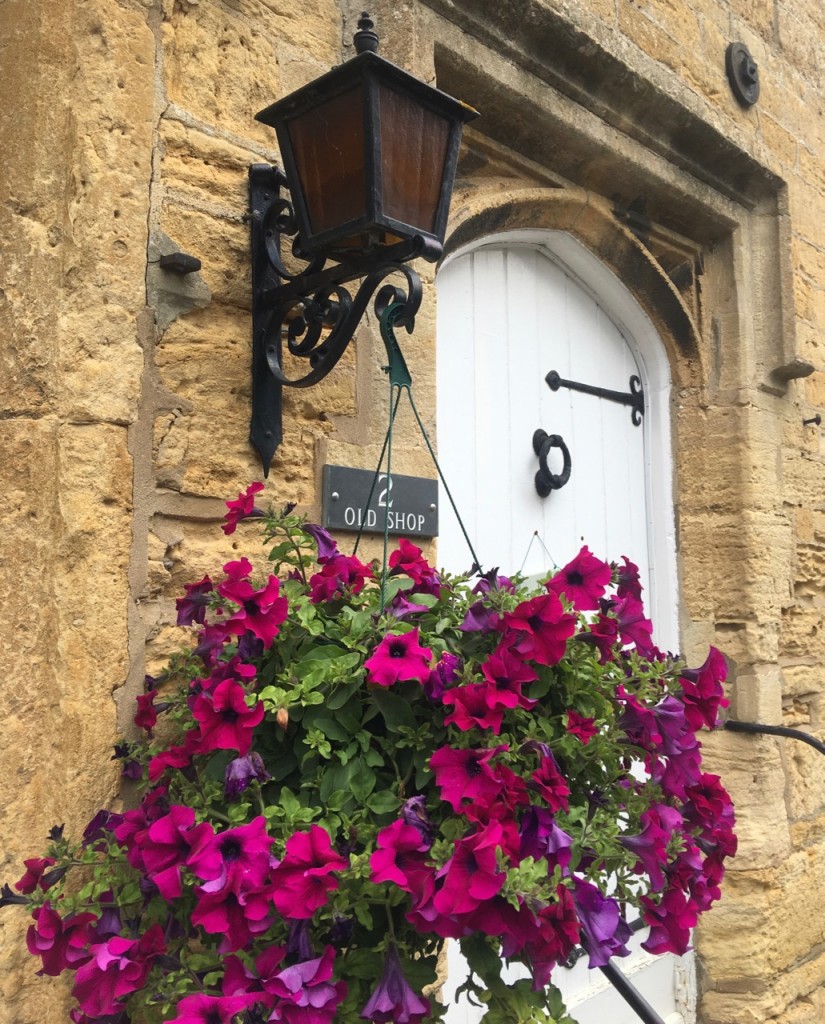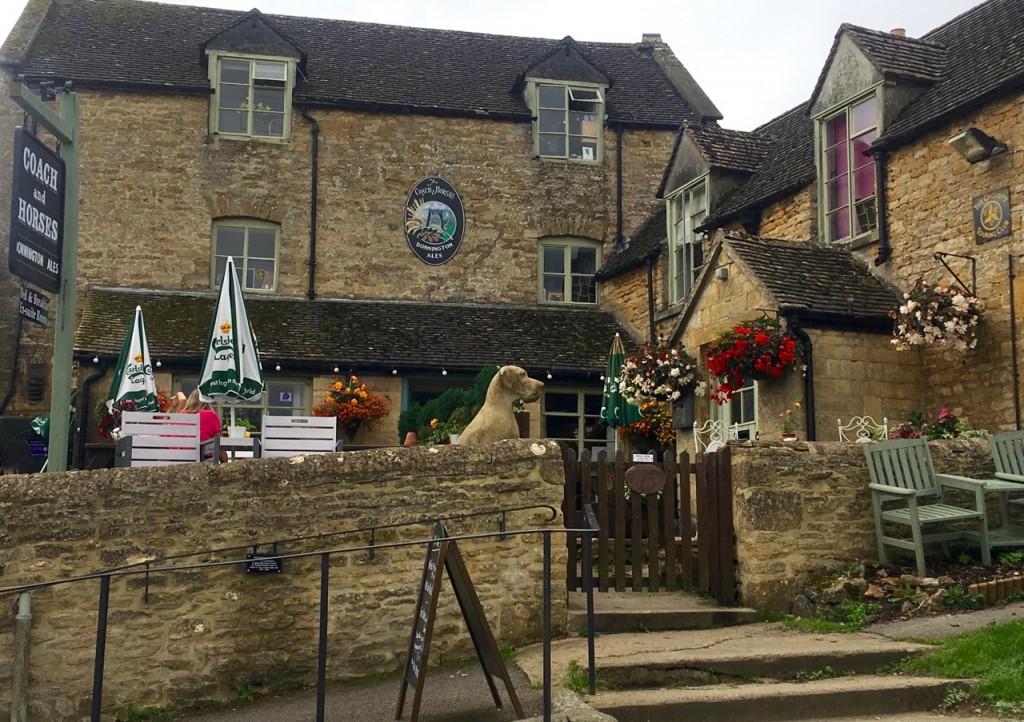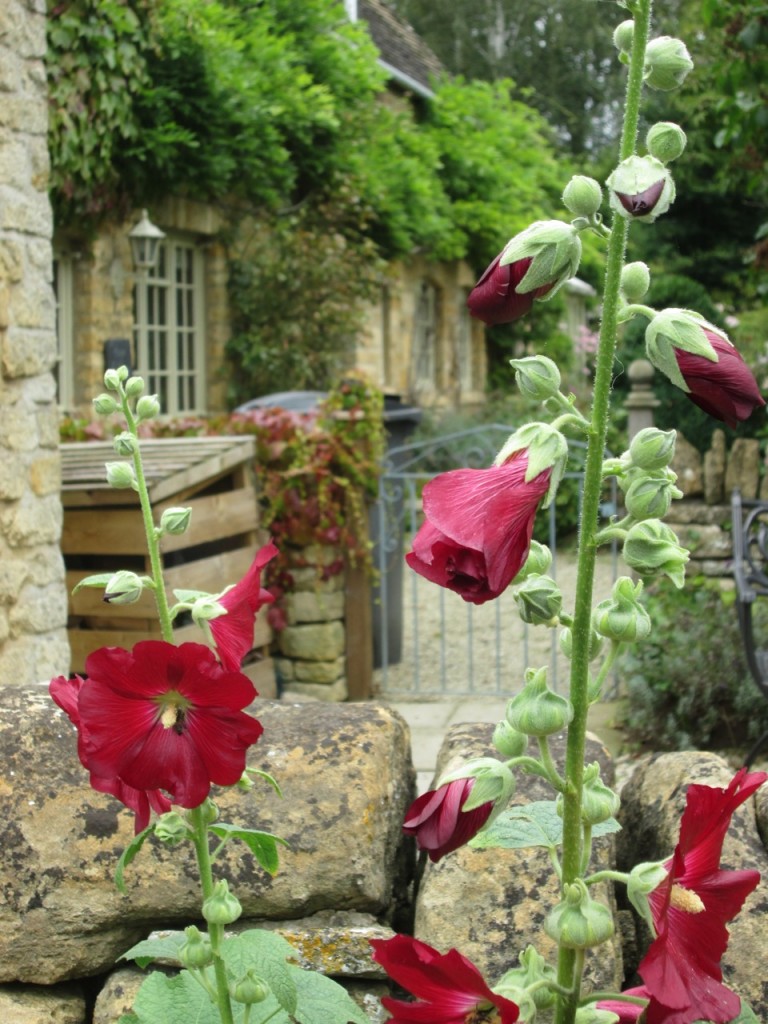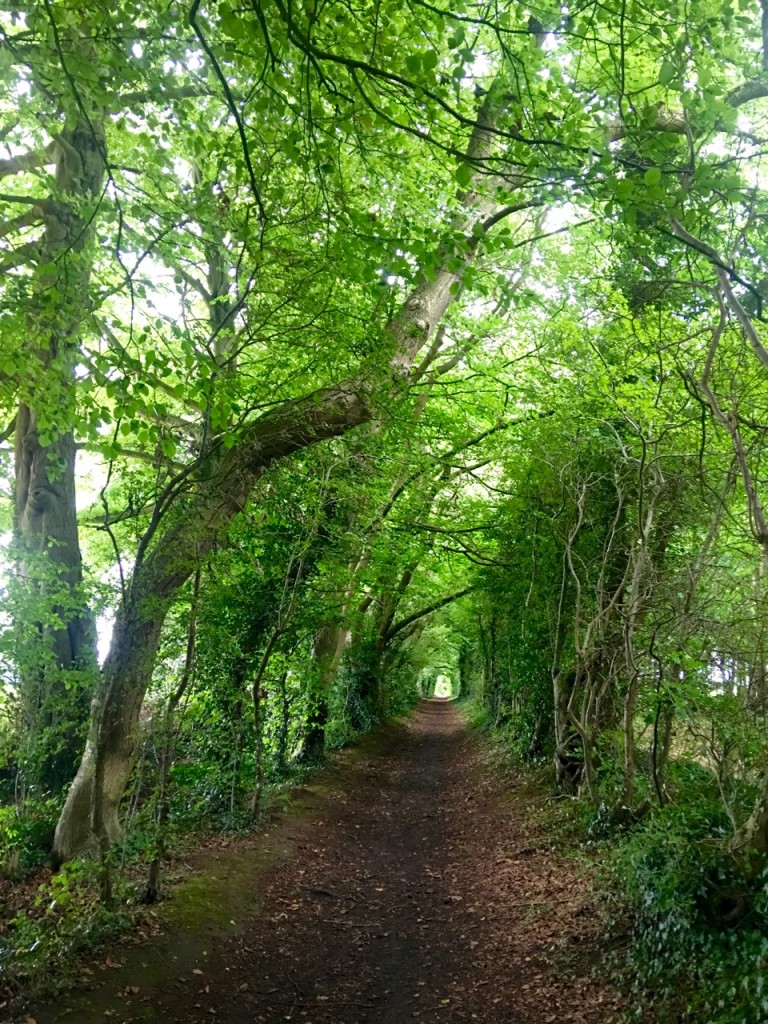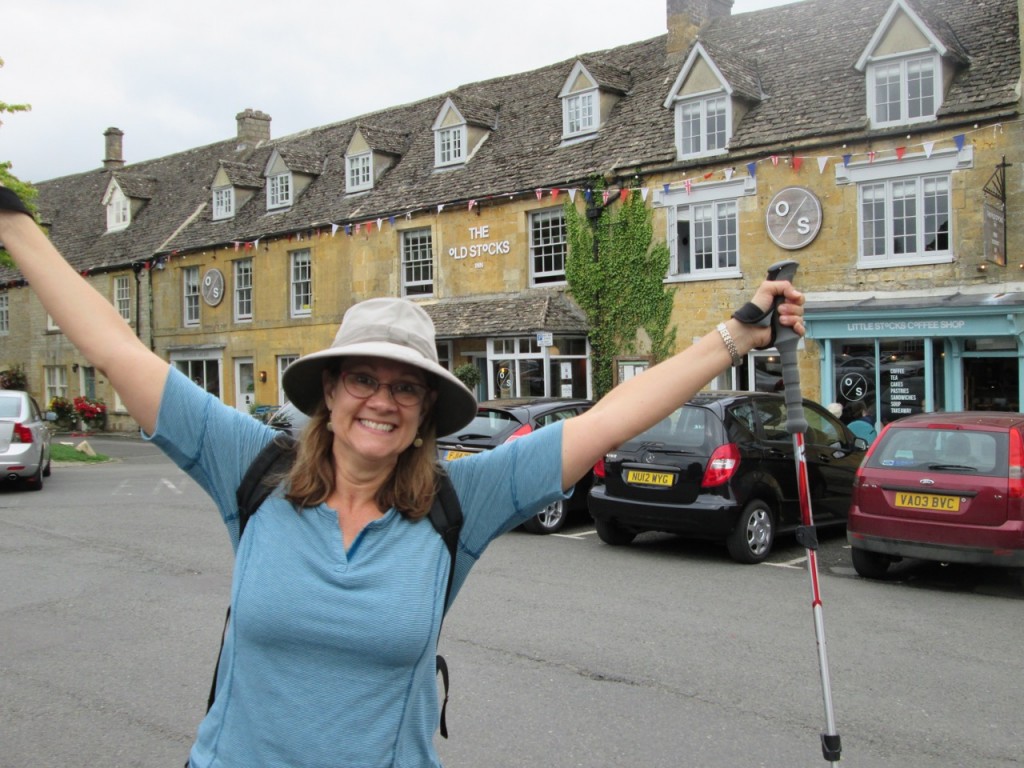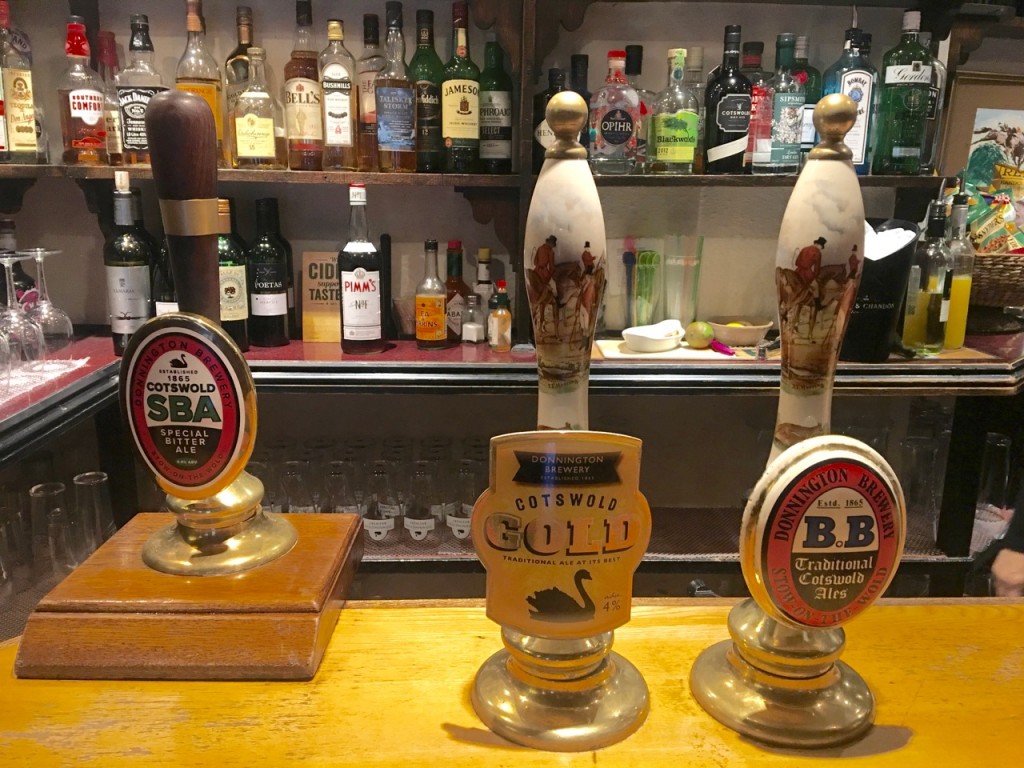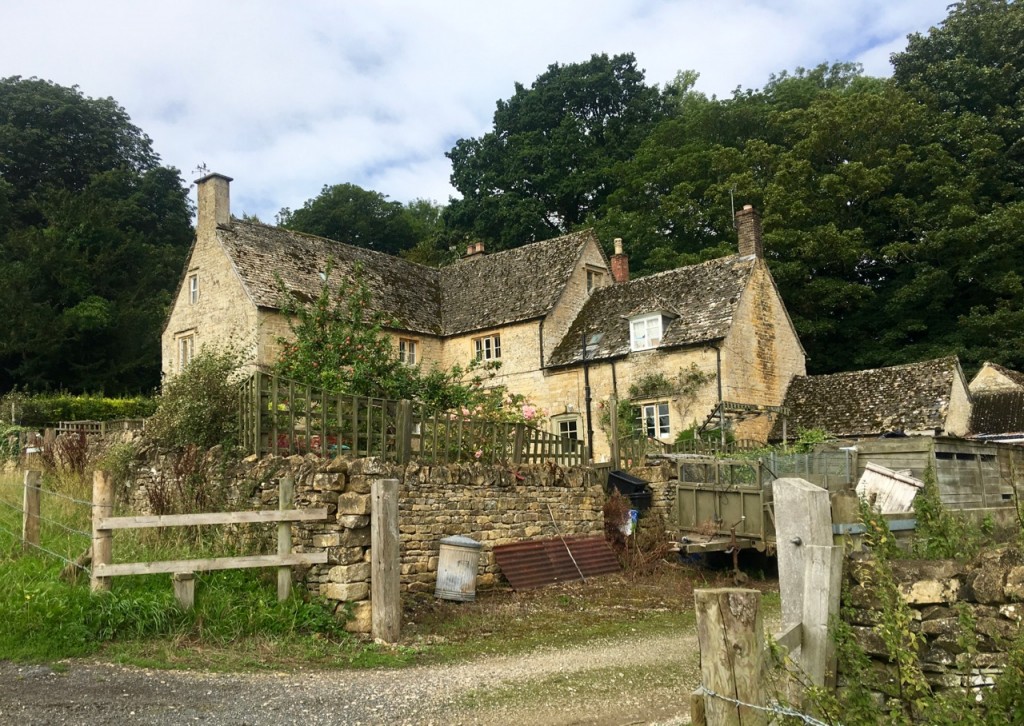Remembering Martin Luther King, Jr., in Washington, DC
Originally posted: April 2017
On my most recent visit to Washington, D.C., I visited the Martin Luther King, Jr. Memorial in spring. Regal and inspirational, the likeness of this great civil rights leader gazes out over the waters of the Tidal Basin. Sculpted by Chinese master artist Lei Yixin, the memorial is particularly gorgeous when the cherry blossoms are in bloom.

Cherry blossoms decorate the Martin Luther King, Jr. Memorial in Washington, DC. ©Laurel Kallenbach
Dr. Martin Luther King, Jr. was a Baptist minister and social activist who became a world-renowned leader during the U.S. civil rights movement from the mid-1950s until he was assassinated on April 4, 1968. As I stood looking up at the towering statue, I feel intense gratitude for his important work, which changed this nation—even though there is still a lot of work to be done in the United States and worldwide concerning civil rights for all people, regardless of race, nationality, gender identity, ethnicity, and religious belief.
A Message of Nonviolence
Dr. King is the first African-American honored with a memorial on the National Mall. He played a pivotal role in ending the legal segregation of African-American citizens, and he influenced the creation of the Civil Rights Act of 1964 and the Voting Rights Act of 1965. He also received the Nobel Peace Prize in 1964 because he preached and practiced a nonviolent philosophy striving for freedom, justice, and equality.

Quotes by Dr. King are carved on a wall at the back of the monument. In this 1963 quote, King said, “Injustice anywhere is a threat to justice everywhere.” ©Laurel Kallenbach
My visit to the memorial was particularly meaningful because I remember the day Dr. King was assassinated—it was my brother’s birthday—and my family watched the funeral procession on TV a few days later. Also, I grew up in Louisville, Kentucky, and in the early 1970s there was a lot of racial tension leading up to school busing to desegregate the public schools. I was shocked when I heard that the Klan was staging rallies; naively I had assumed the days of the KKK were long gone.
Words That Changed America
On a sunny morning during the Cherry Blossom Festival, the monument was buzzing with people from all over the world, speaking numerous languages. I watched as a young Muslim woman had her photo taken in front of Dr. King’s statue. Drummers from the Boulder Philharmonic—who were in D.C. as honorees of the 2017 SHIFT Festival of American Orchestras—played near the monument. Elsewhere, African-style drumming resounded across the Tidal Basin.
On the massive stone behind Dr. King is inscribed “Out of the mountain of despair, a stone of hope,” a line from his 1963 “I Have a Dream” speech.
Behind that is a granite mountain split in half, which some people say represents Stone Mountain in Georgia, the site of a Civil War memorial carved into the side of the mountain. It depicts Confederate leaders Robert E. Lee, Stonewall Jackson, and Jefferson Davis. Stone Mountain is also the place where the Ku Klux Klan was re-founded in 1915. My personal interpretation is that the bisected mountain represents the monolithic block of racism that the Civil Rights Movement cleft in two. Even so, there will always be work to be done in terms of racial justice.
A wall behind the monument is inscribed with words from Dr. King’s speeches over the years, including a famous line that I find so inspiring: “Darkness cannot drive out darkness, only light can do that. Hate cannot drive out hate, only love can do that.”
I also loved King’s hope-filled statement, “We shall overcome because the arc of the moral universe is long, but it bends toward justice.” (You can learn more about the quotes at the memorial on the National Park Service website.)
The struggle for civil rights for the descendants of enslaved people will continue, and thankfully the wisdom and vision of Martin Luther King, Jr. will encourage and empower people forever. Having a monument to commemorate one of our most courageous and tireless heroes is a powerful reminder of the conflicts of the past—along with the work that must continue into the future.
The Martin Luther King, Jr. Memorial is part of the National Mall and Memorial Parks, and it is open free of charge. The memorial is located at the intersection of Independence Avenue and West Basin Drive SW in Washington, D.C. Parking is limited near the memorial. The nearest metro stop is Smithsonian.
Originally posted: April 3, 2017
—Laurel Kallenbach, freelance editor and writer
An excerpt from King’s “I Have A Dream” speech, delivered from the steps of the Lincoln Memorial in Washington, D.C., on August 28, 1963:
“One hundred years later [since the Emancipation Proclamation of 1863], the life of the Negro is still sadly crippled by the manacles of segregation and the chains of discrimination. One hundred years later, the Negro lives on a lonely island of poverty in the midst of a vast ocean of material prosperity. One hundred years later, the Negro is still languishing in the corners of American society and finds himself an exile in his own land.”
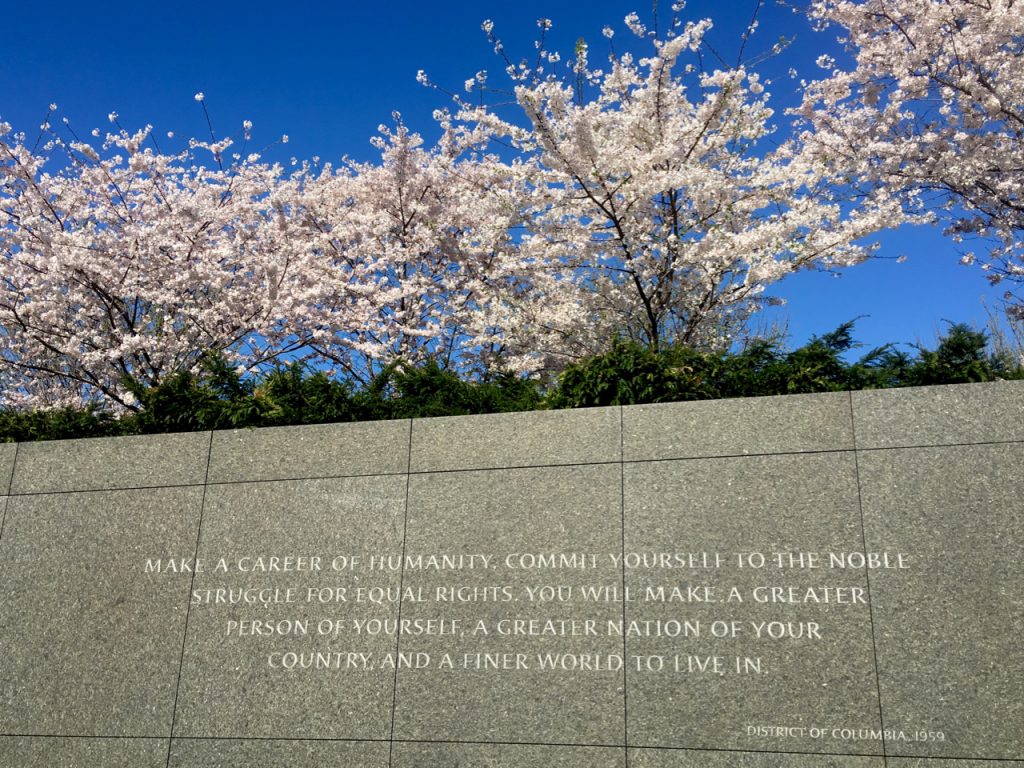
“Make a career of humanity. Commit yourself to the noble struggle for equal rights. You will make a better person of yourself, a greater nation of your country, and a finer world to live in.” Dr. King spoke these words at the March for Integrated Schools, April 18, 1959) ©Laurel Kallenbach


